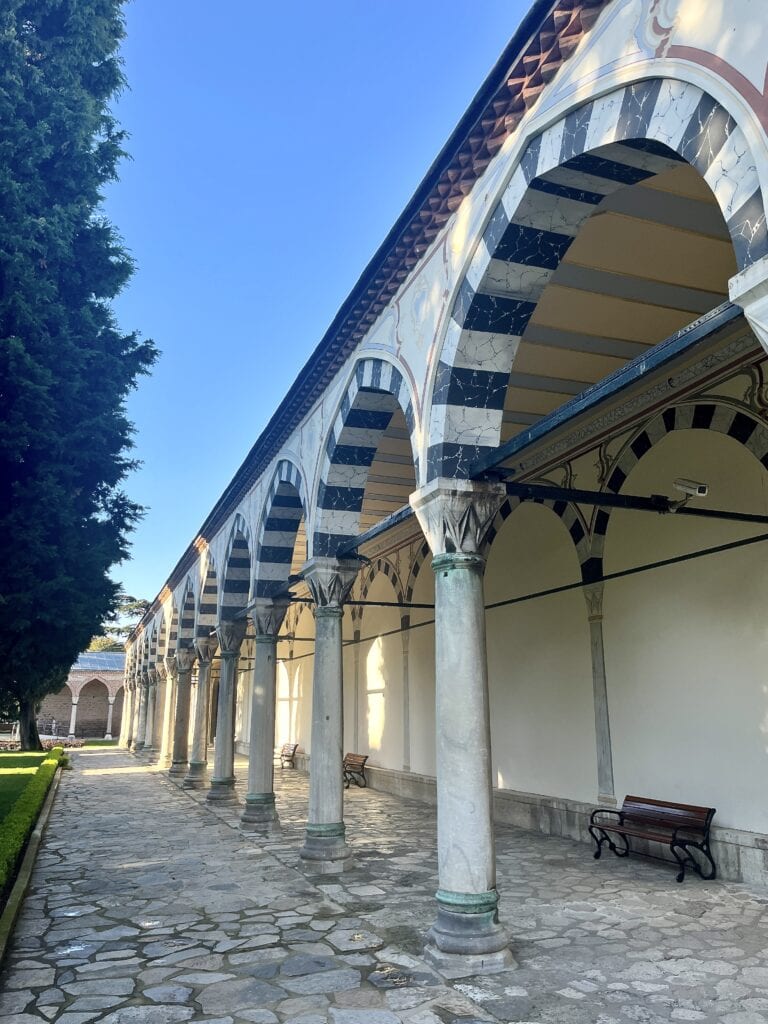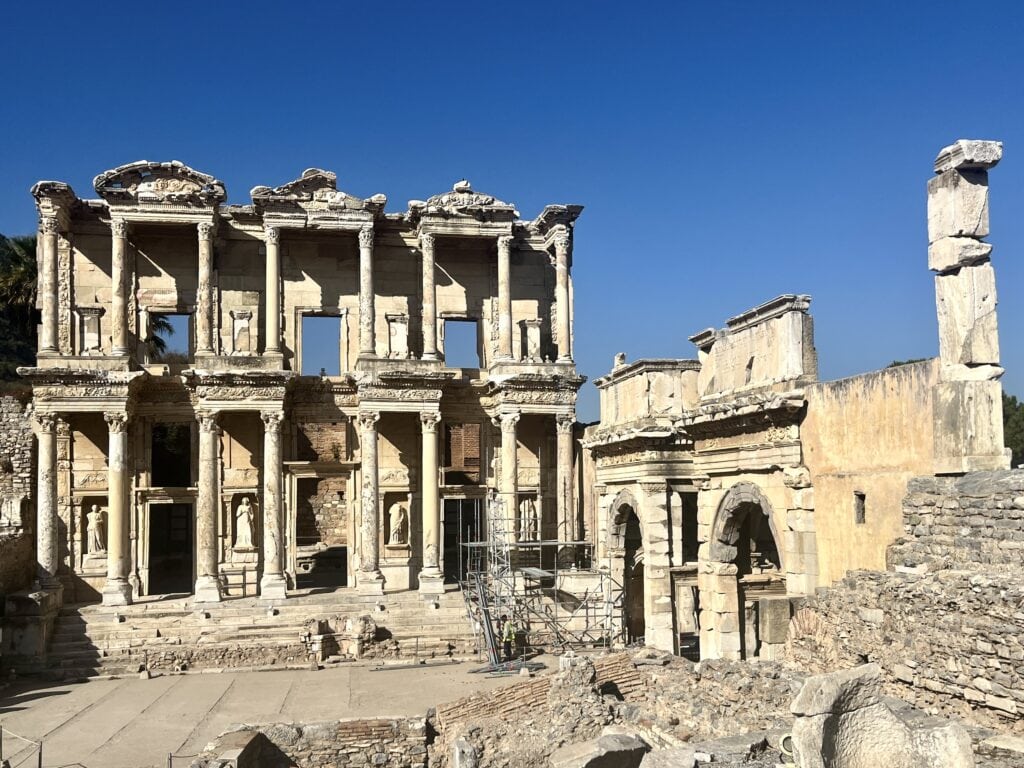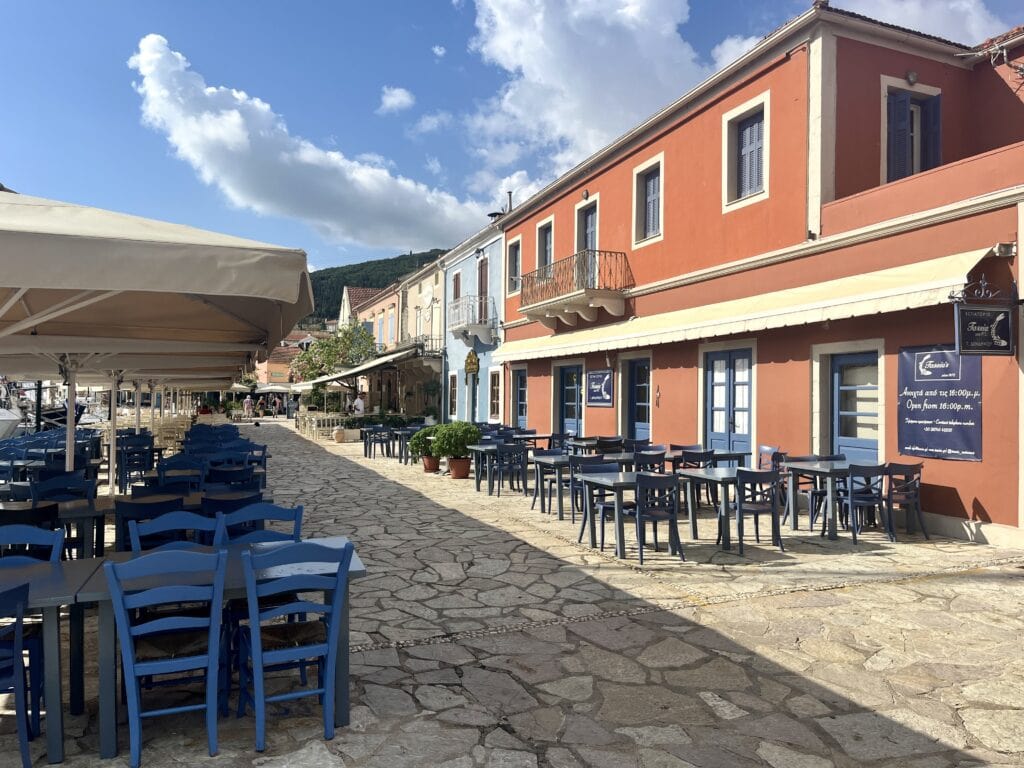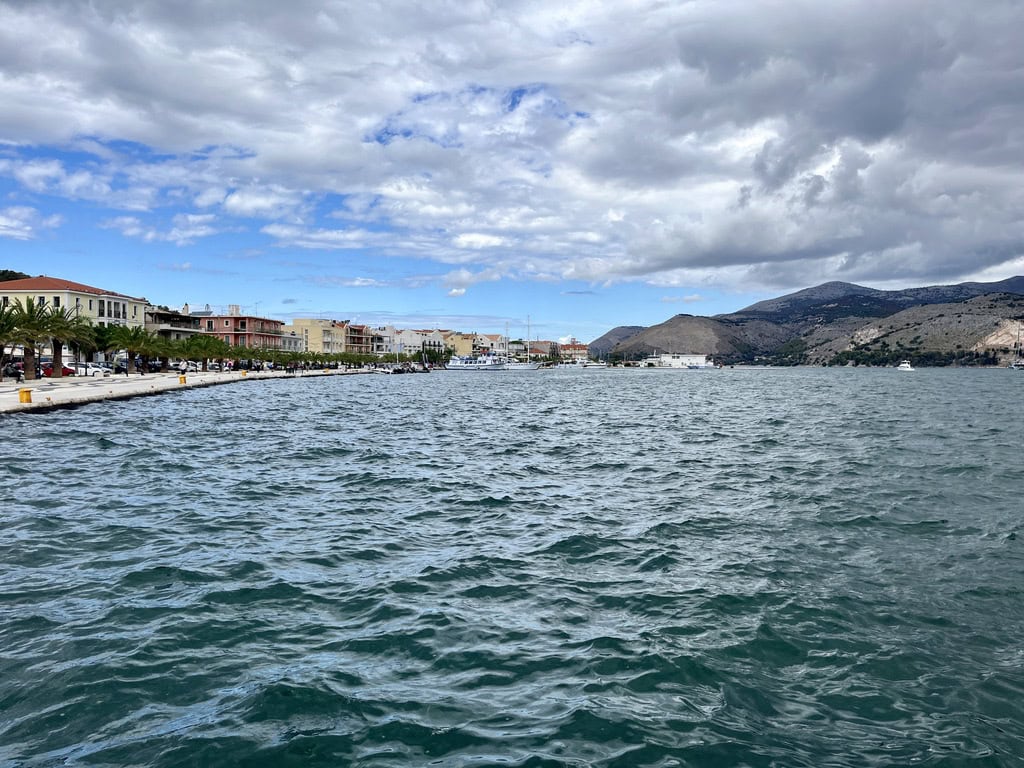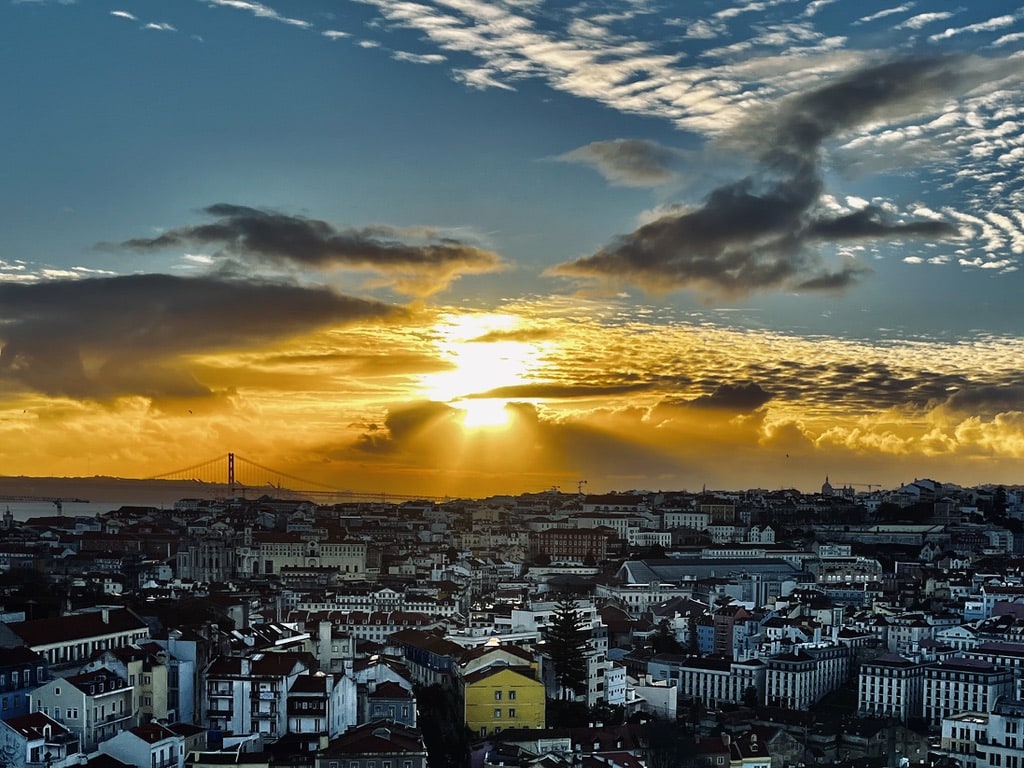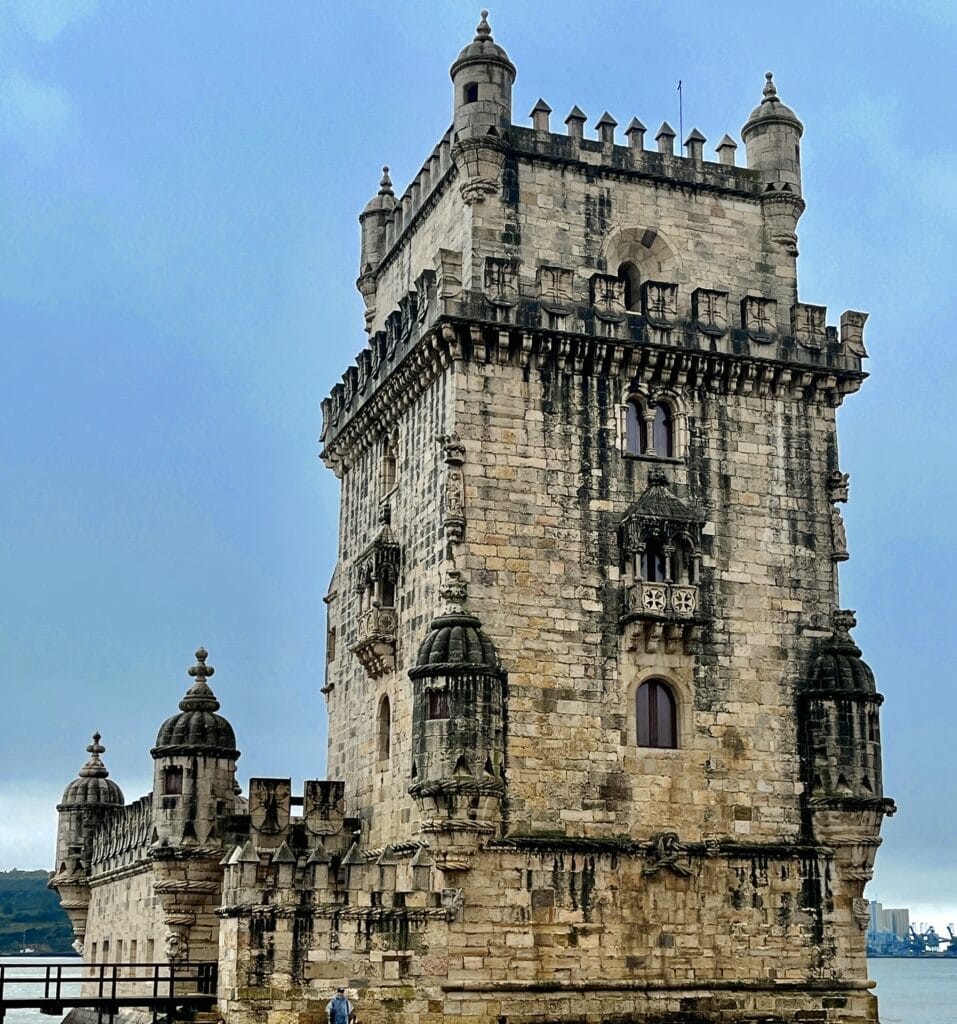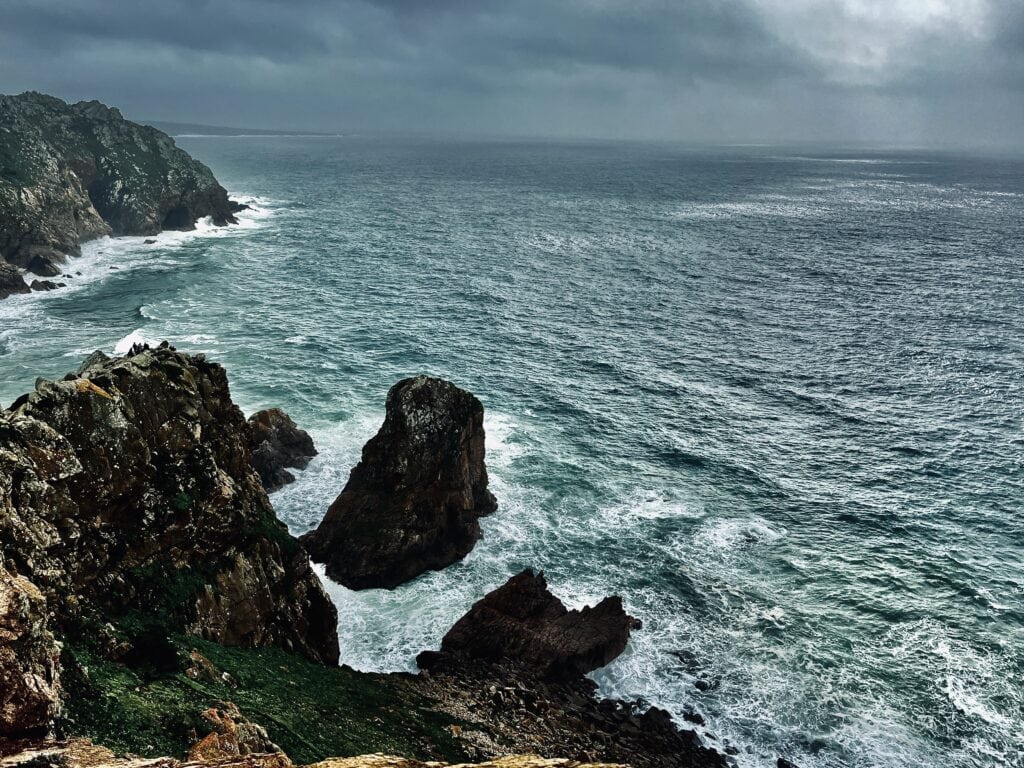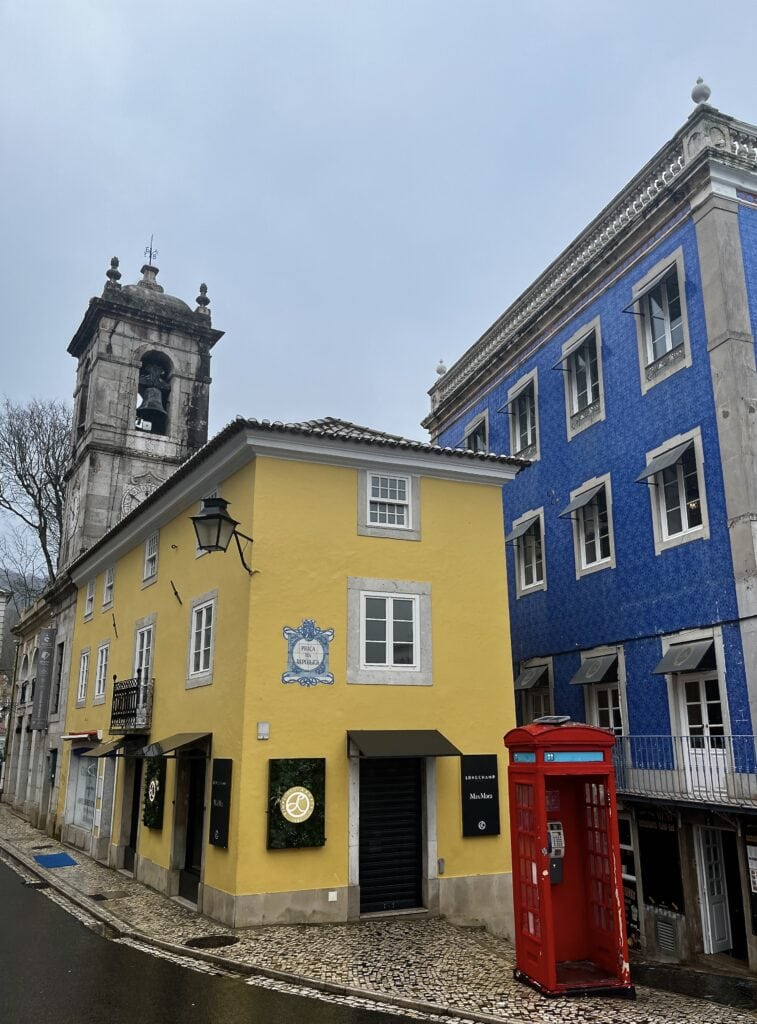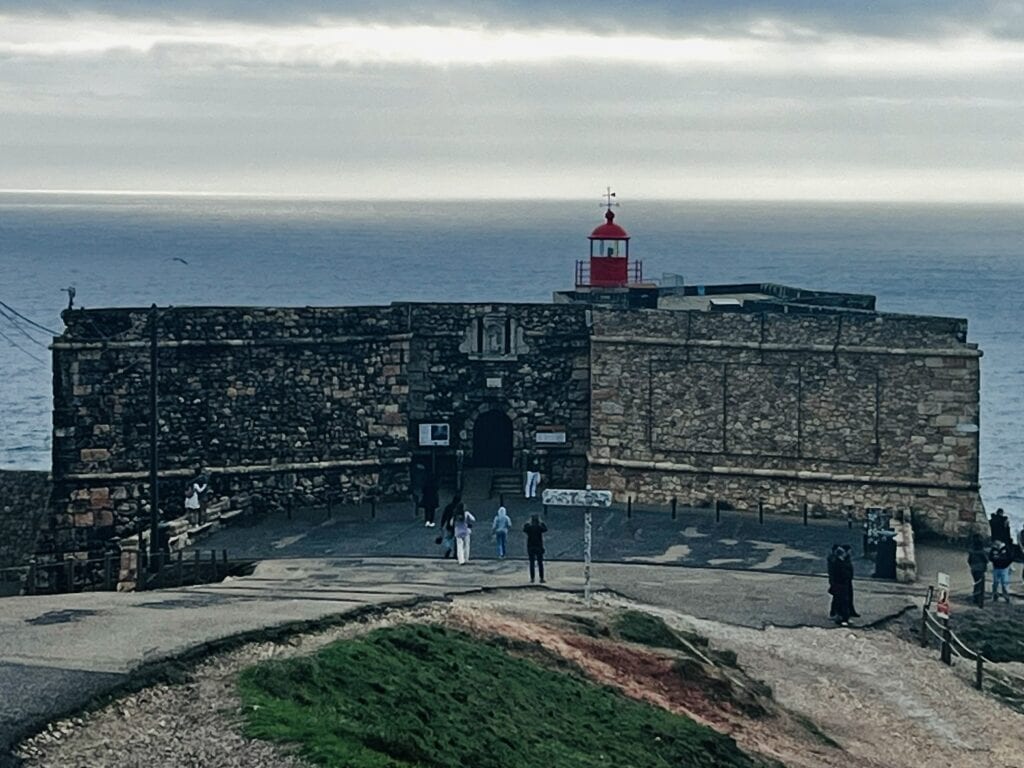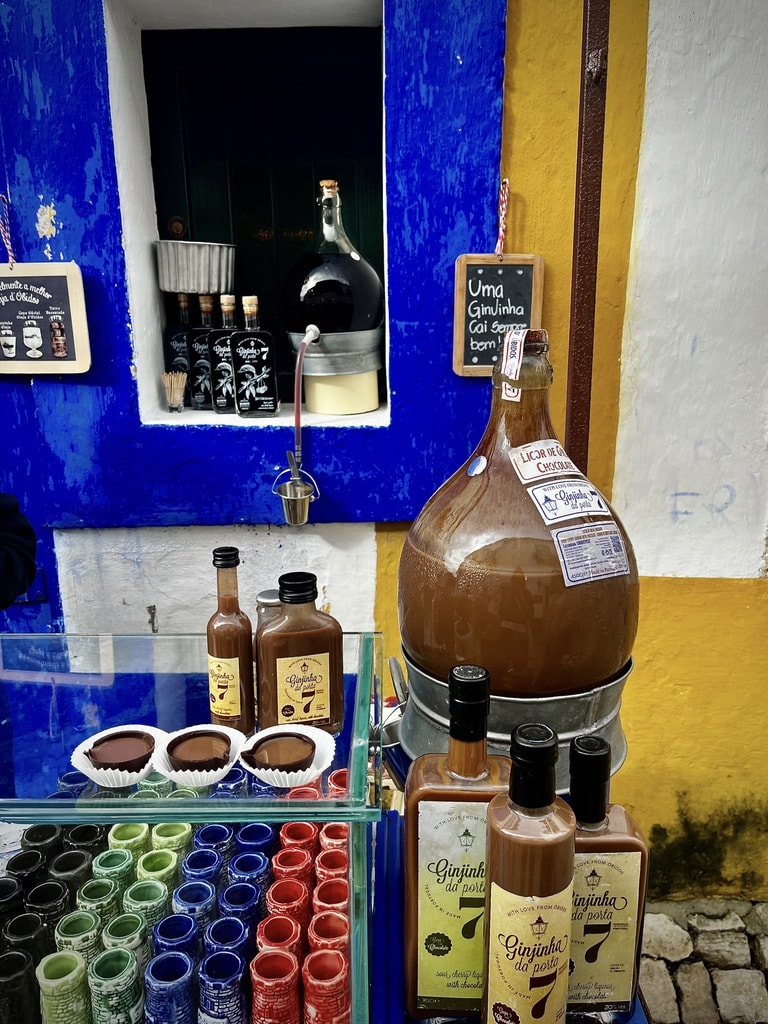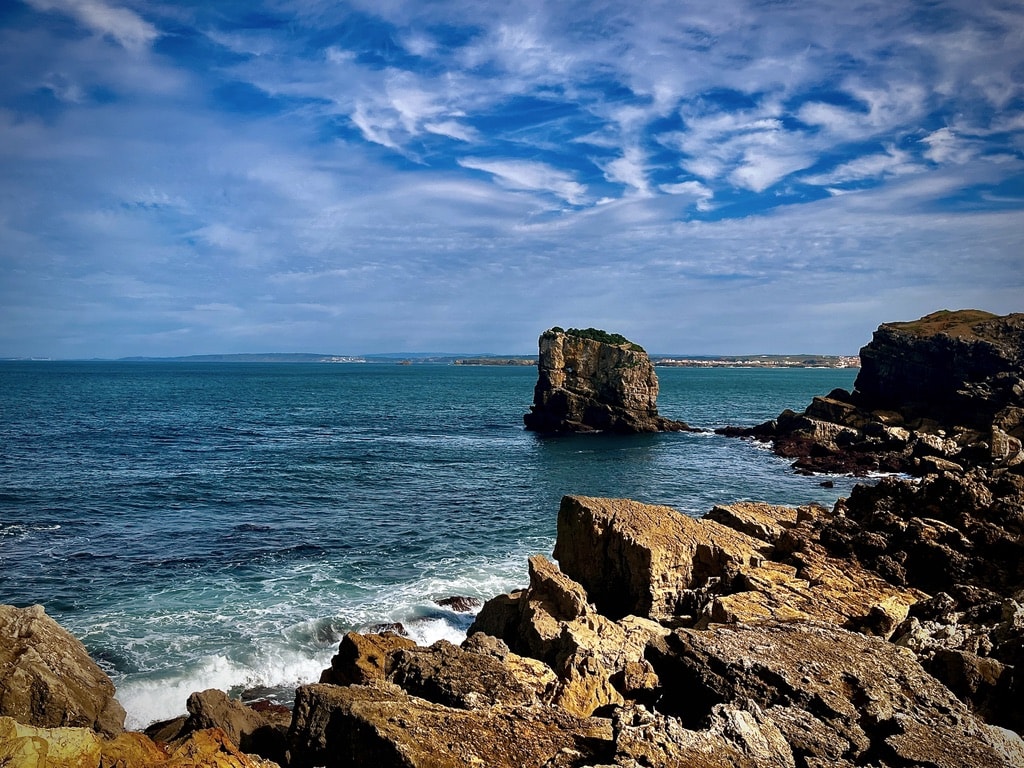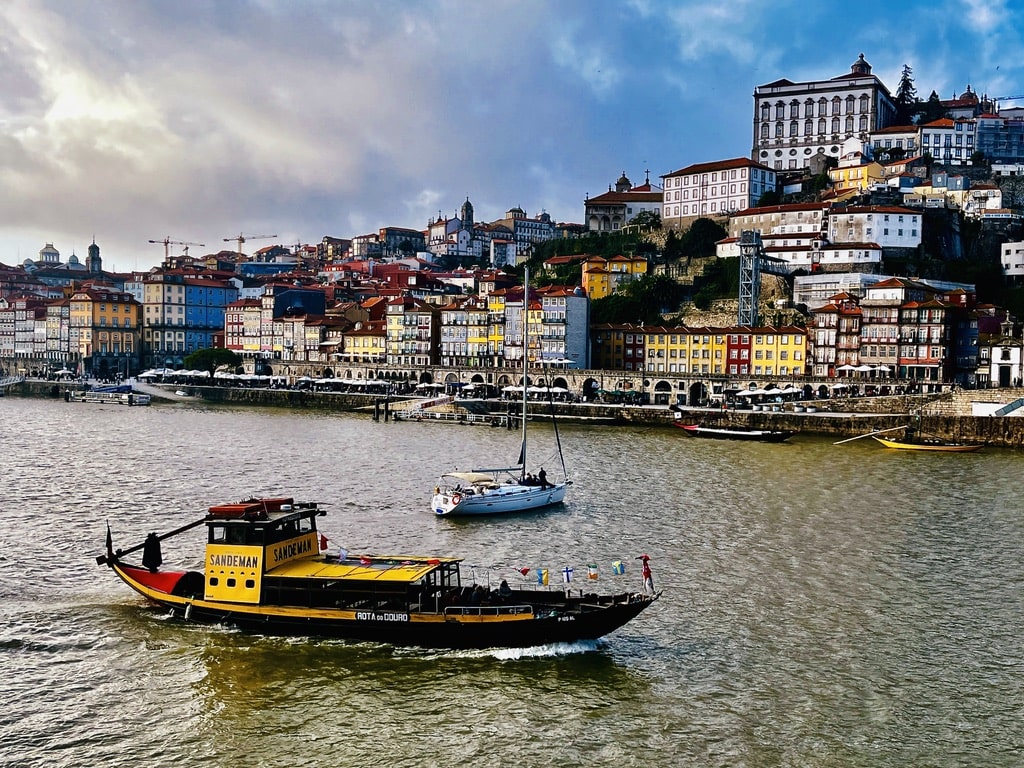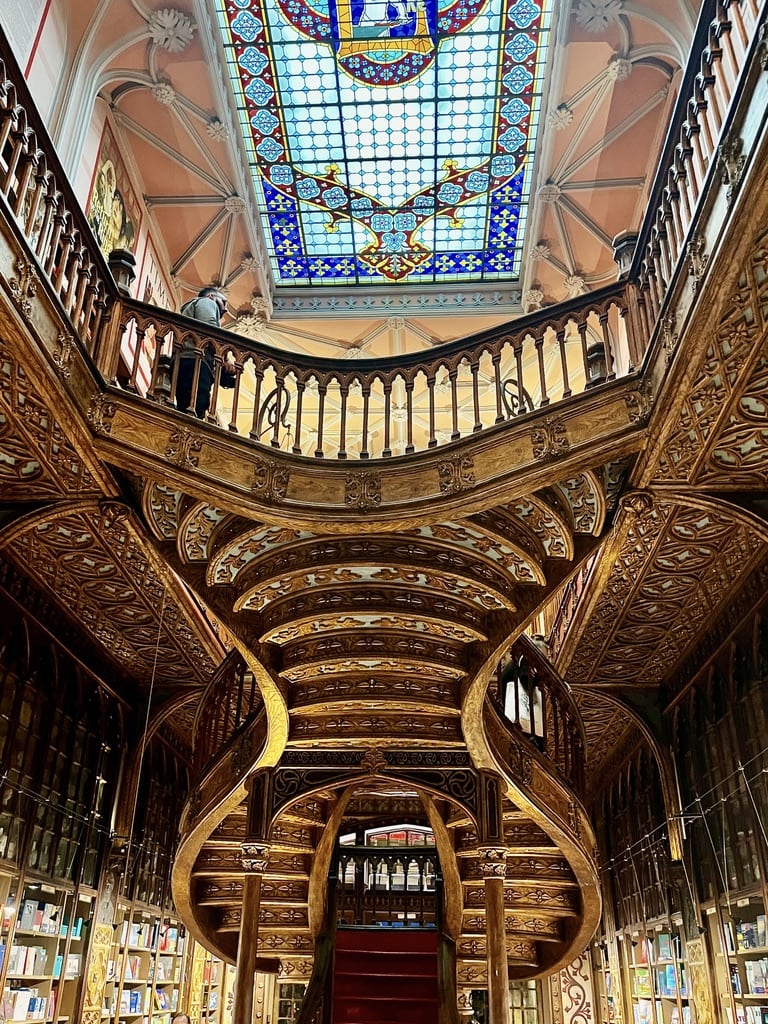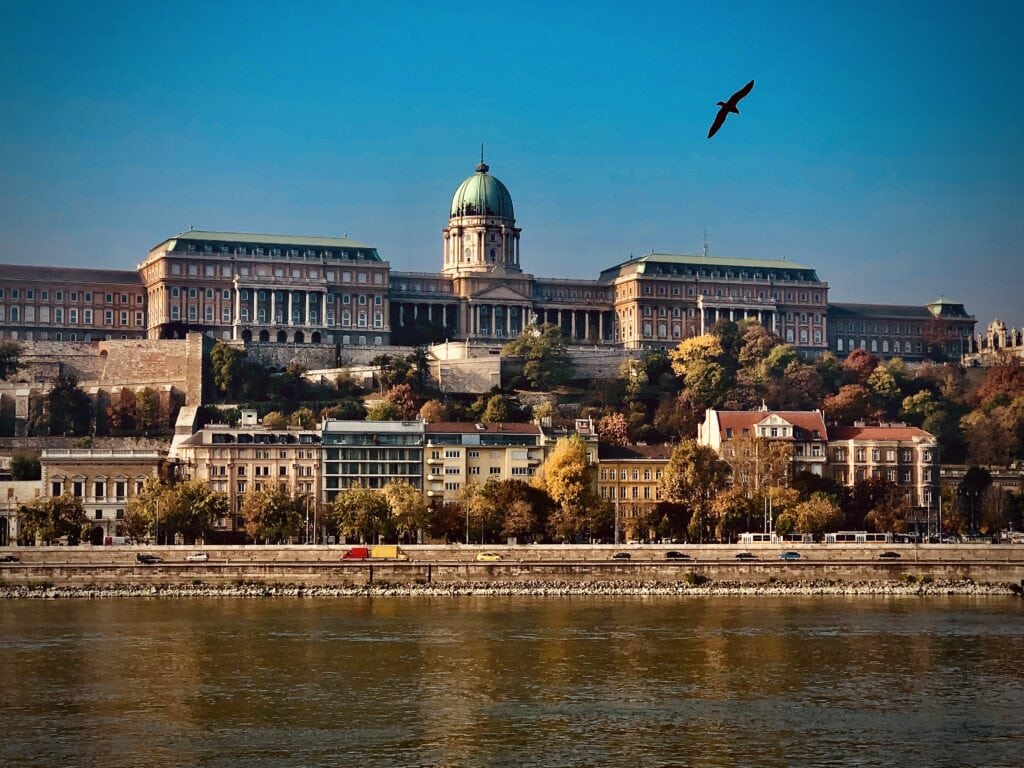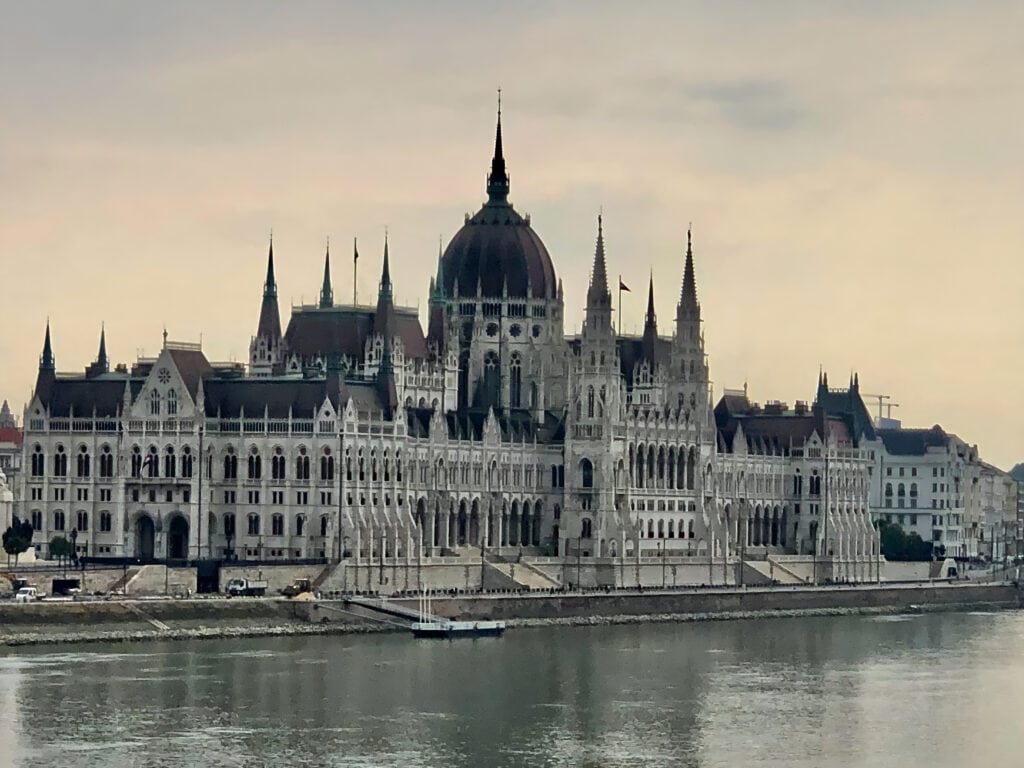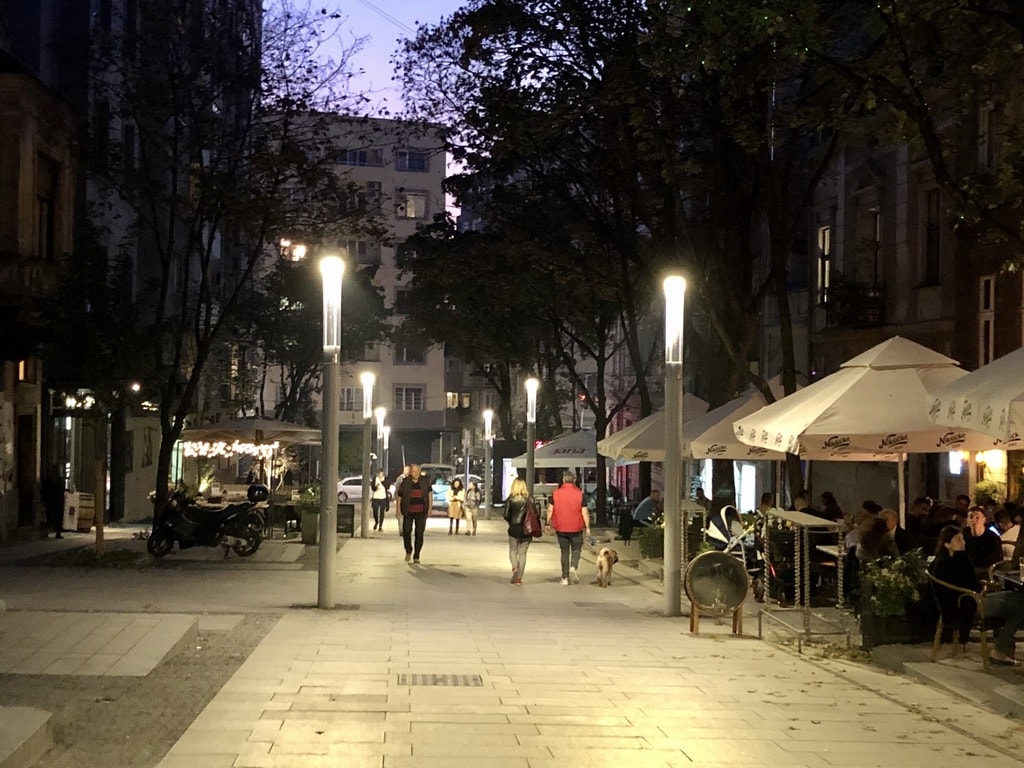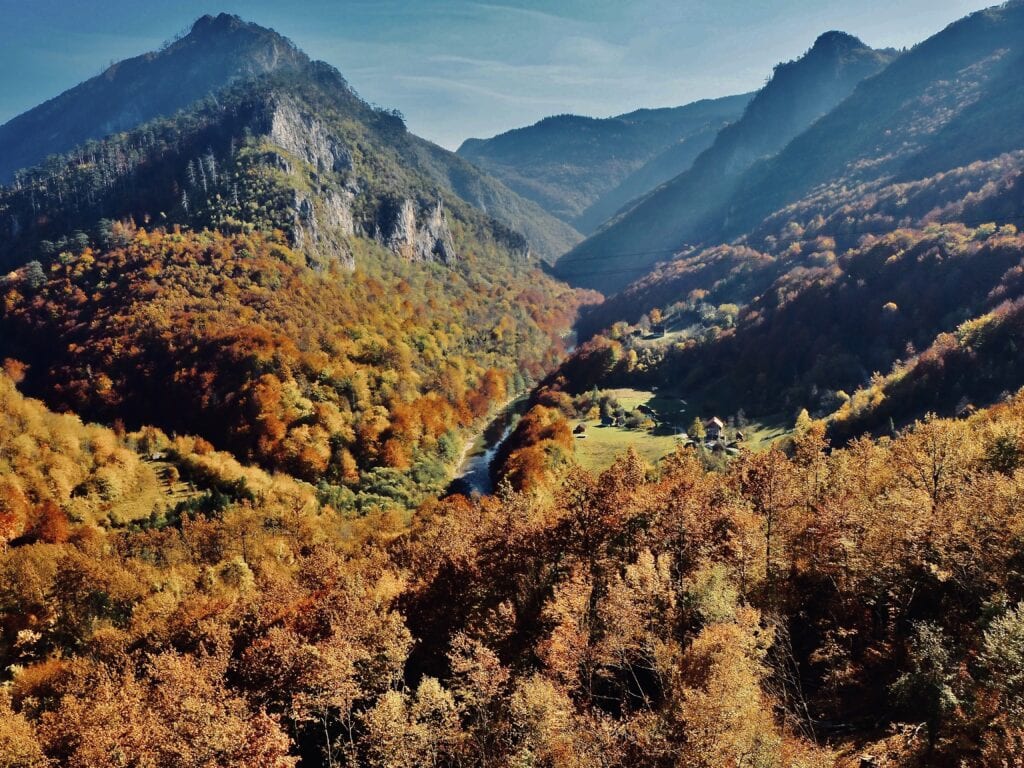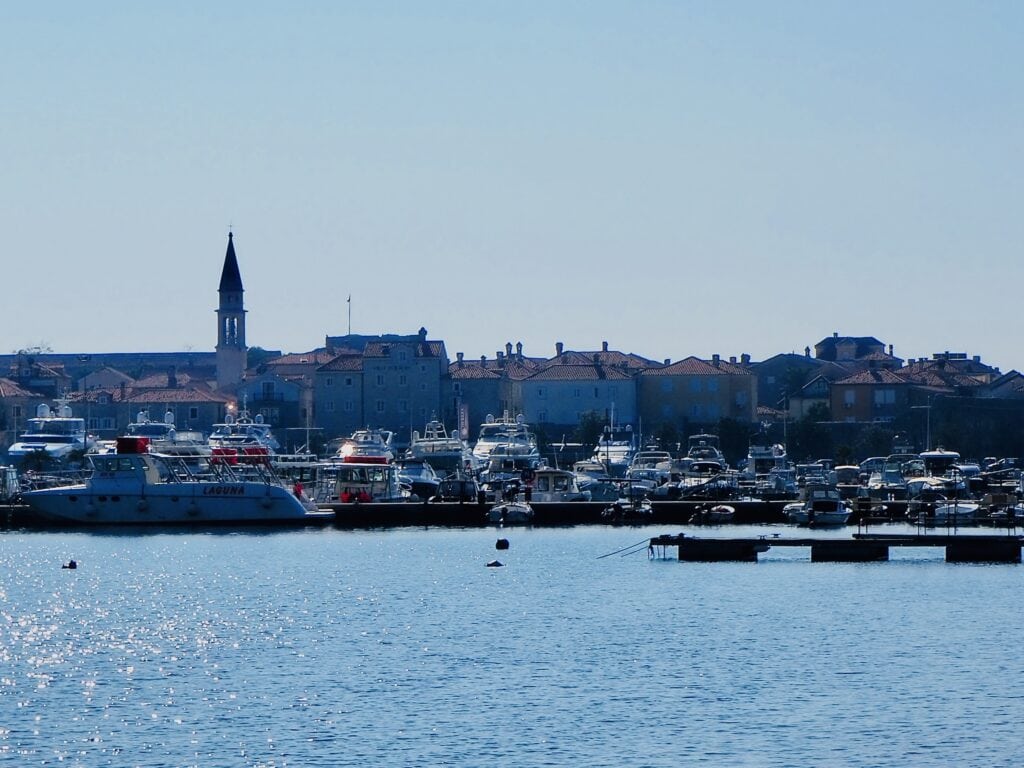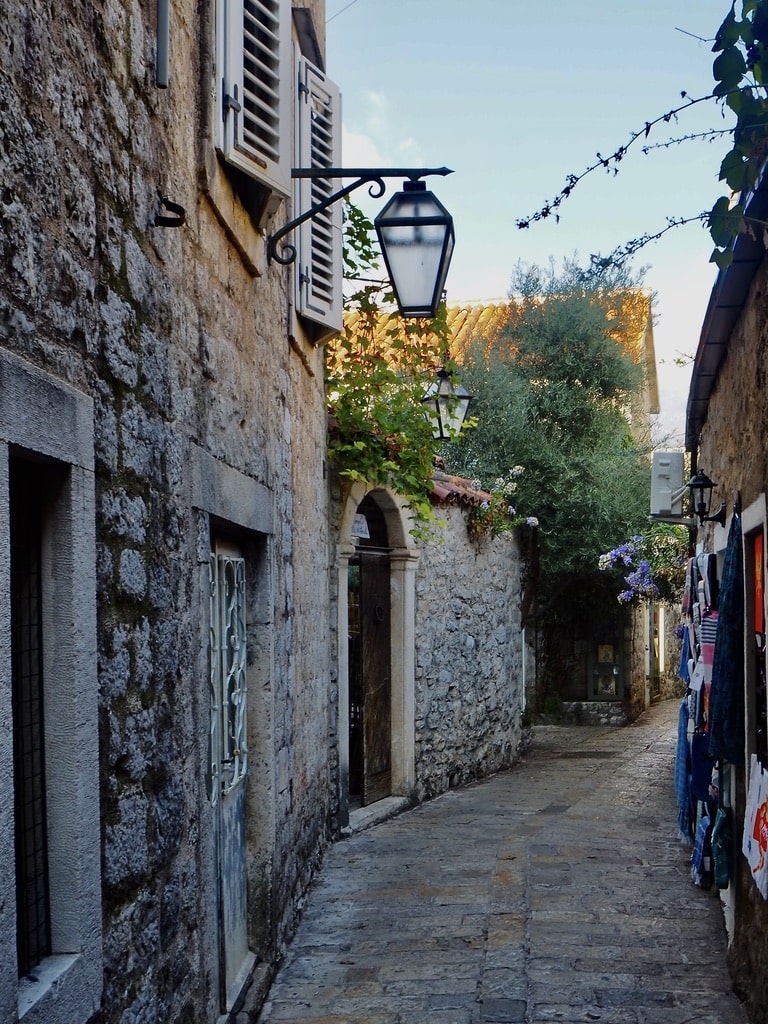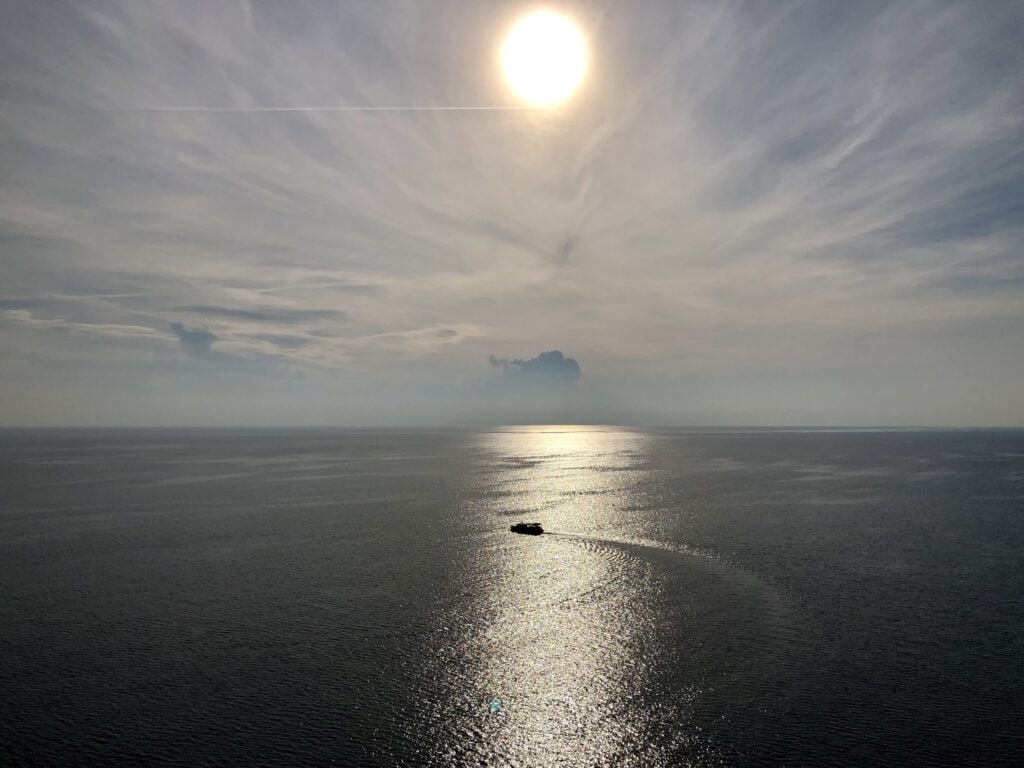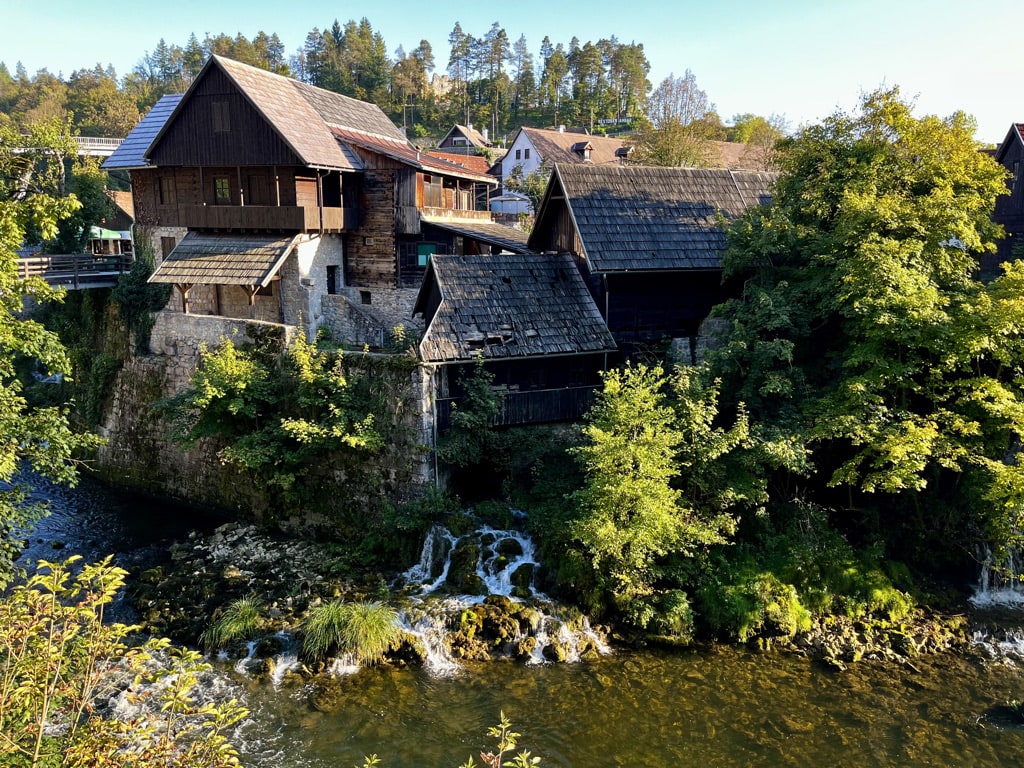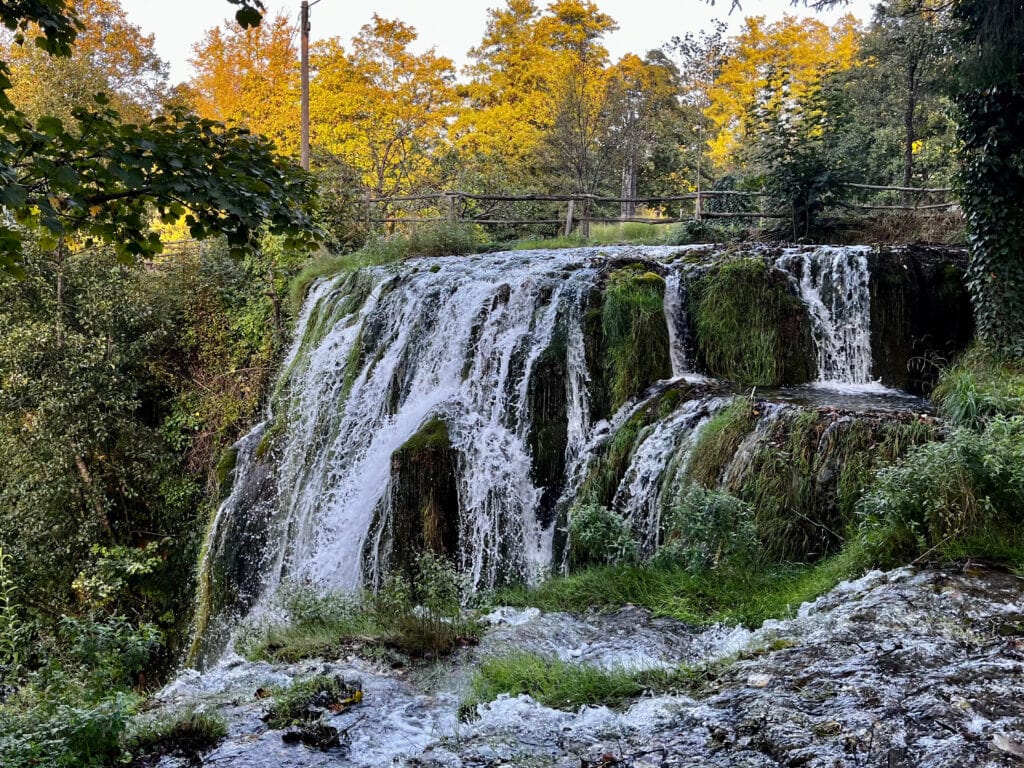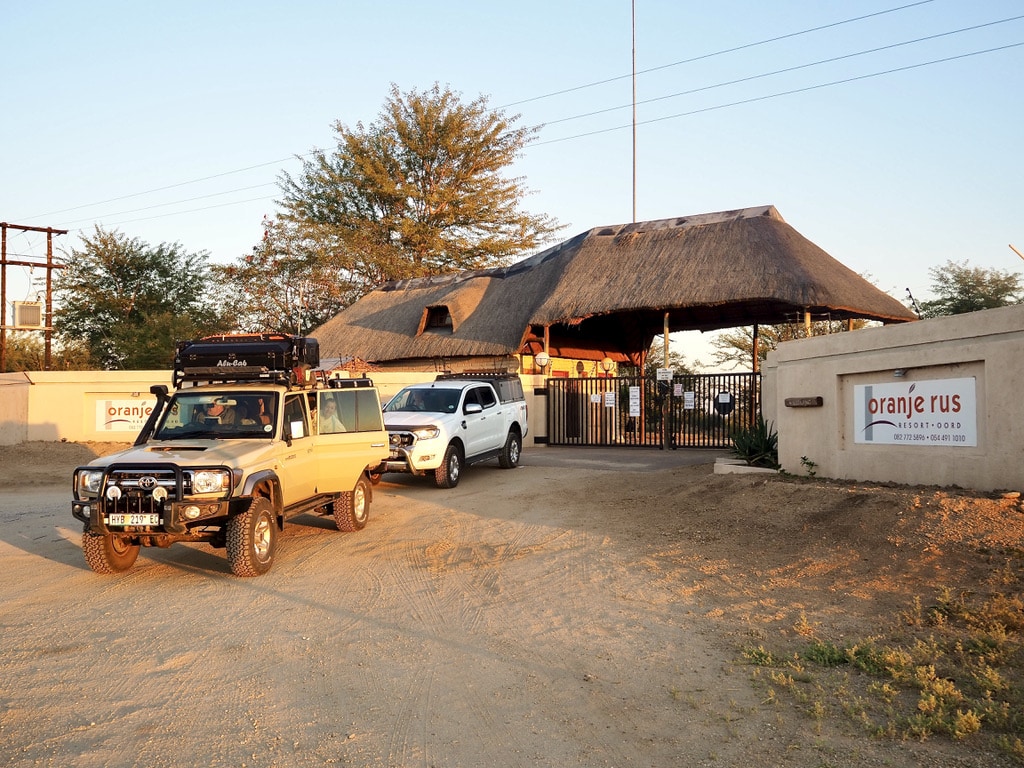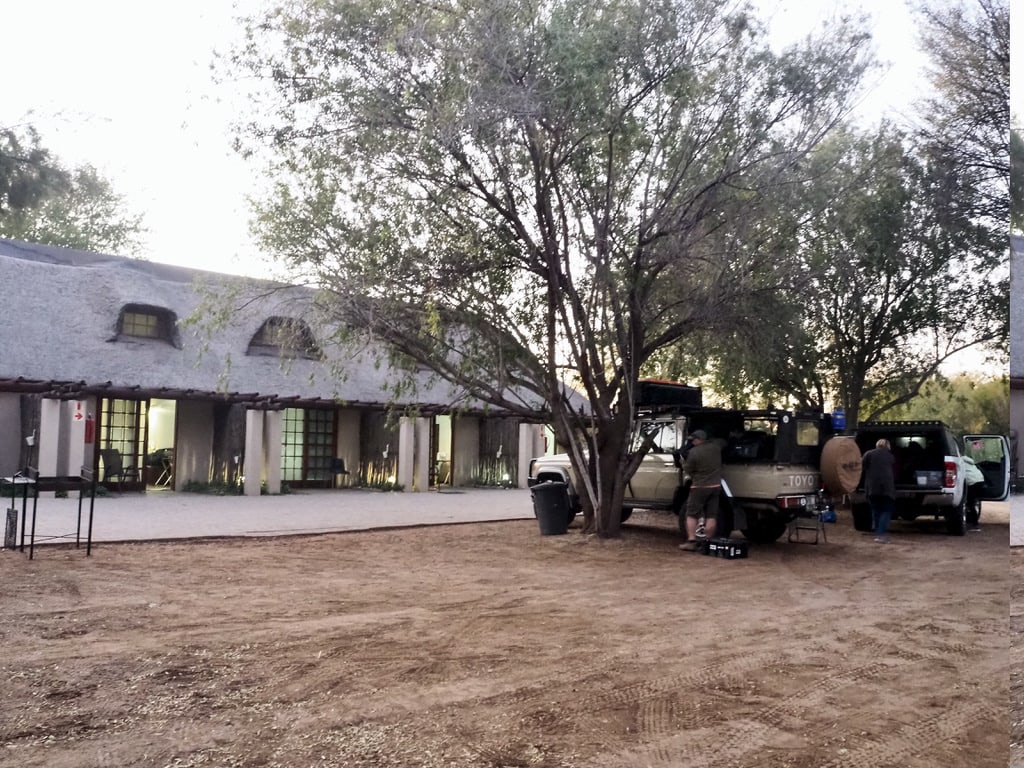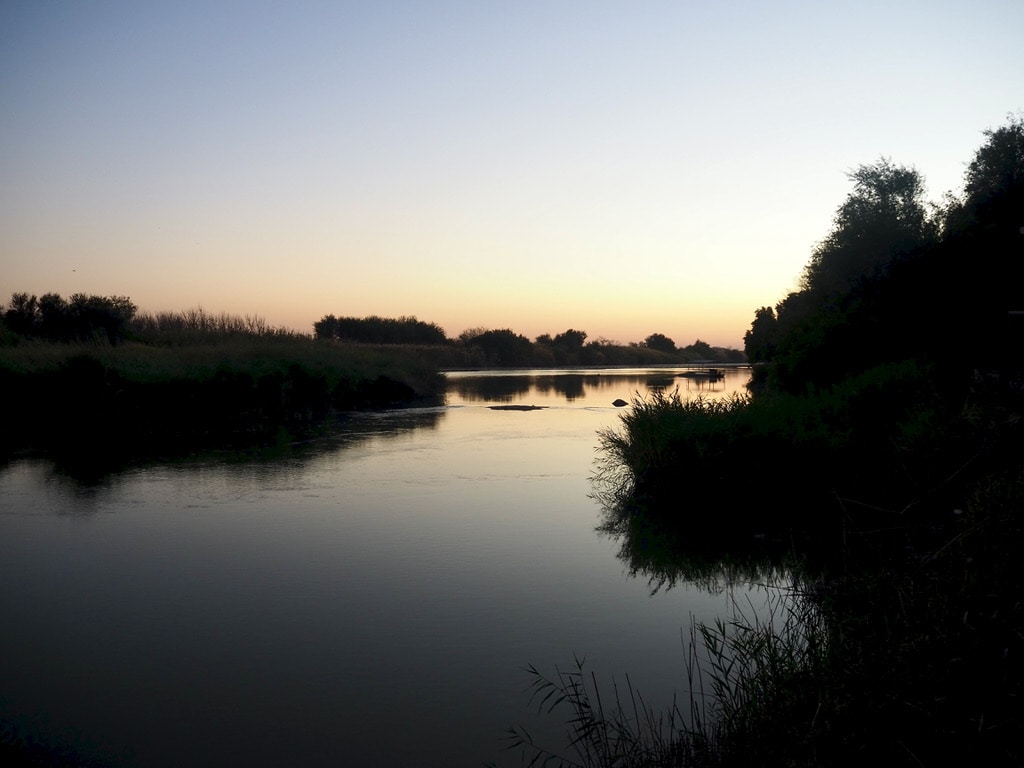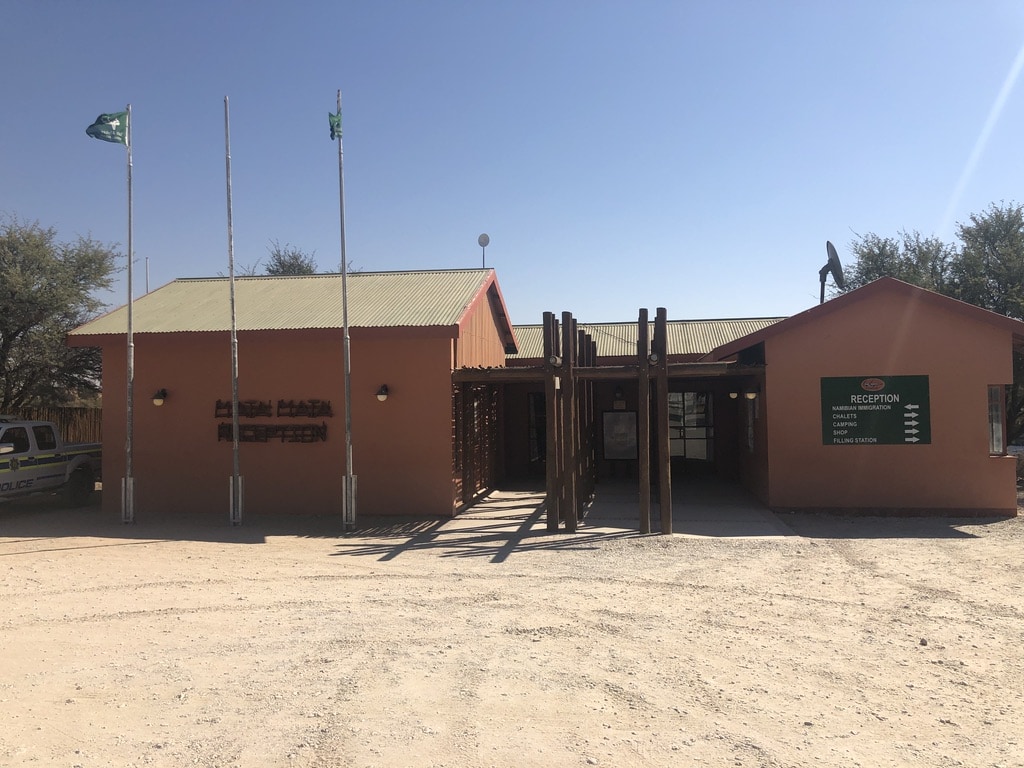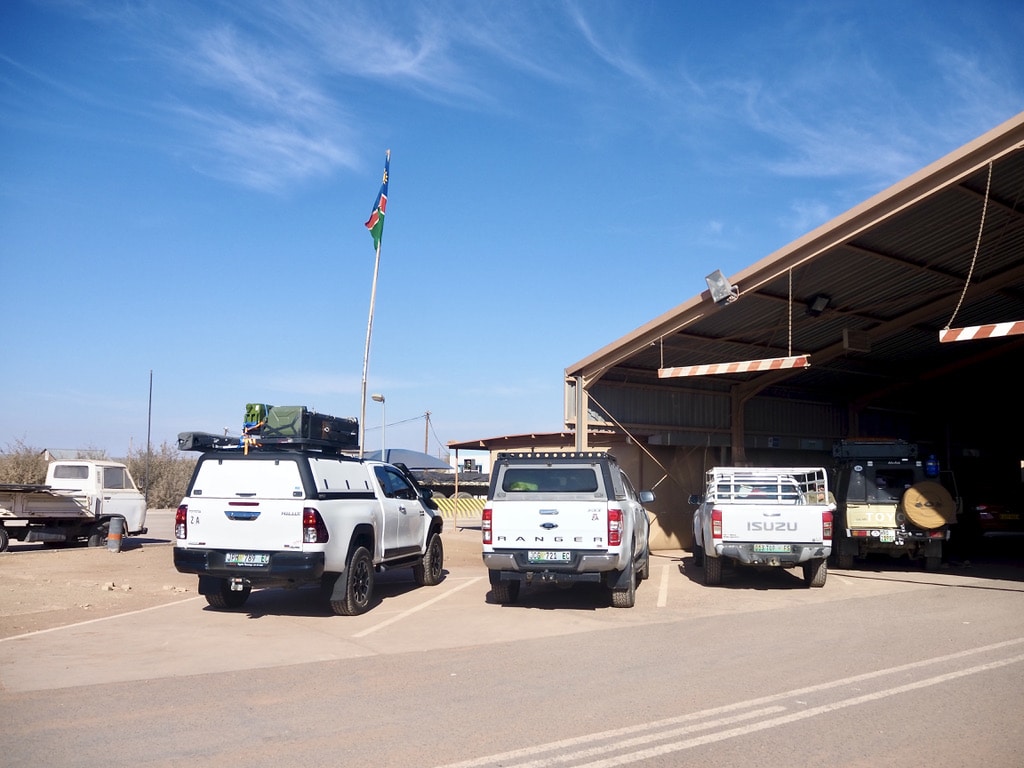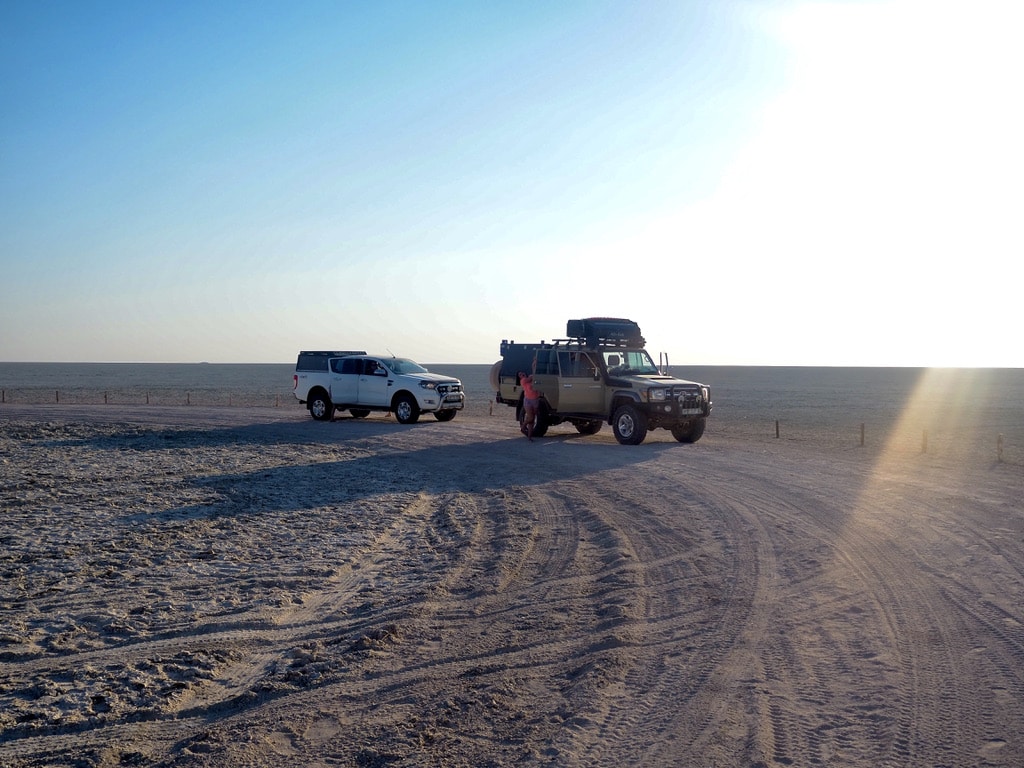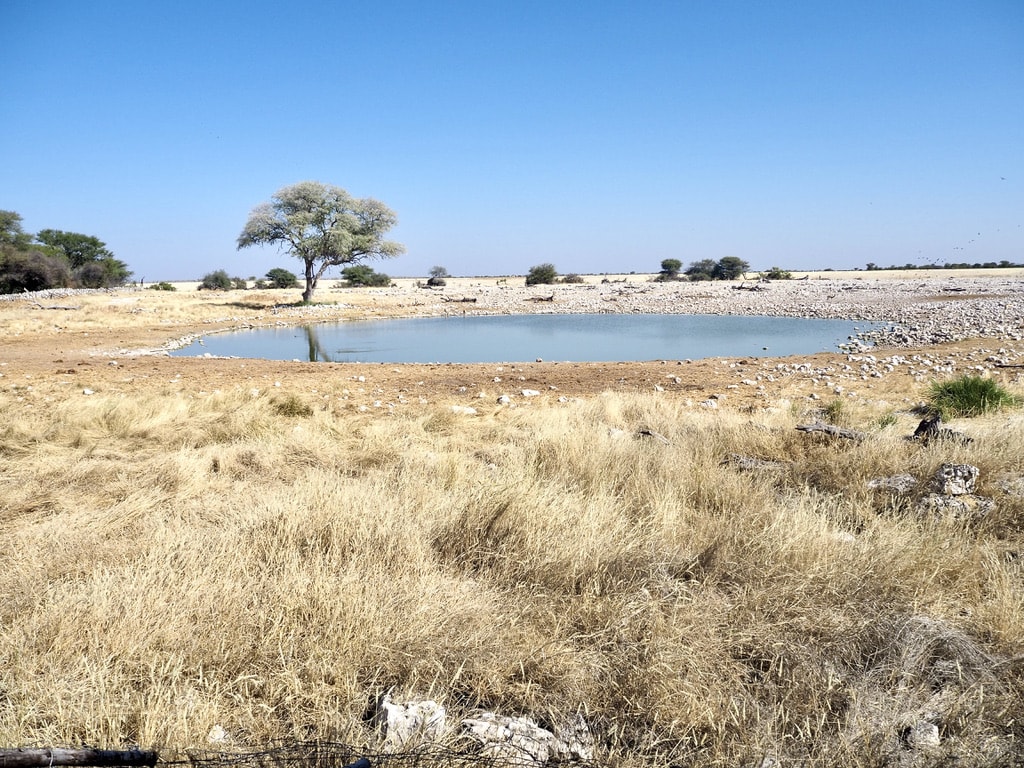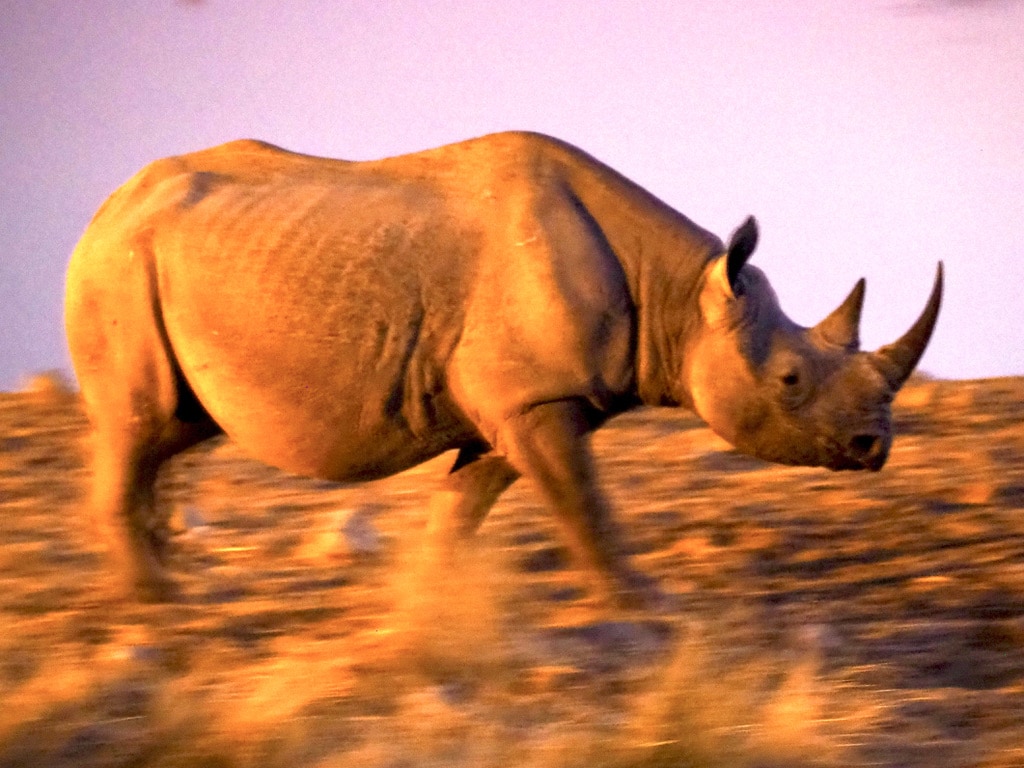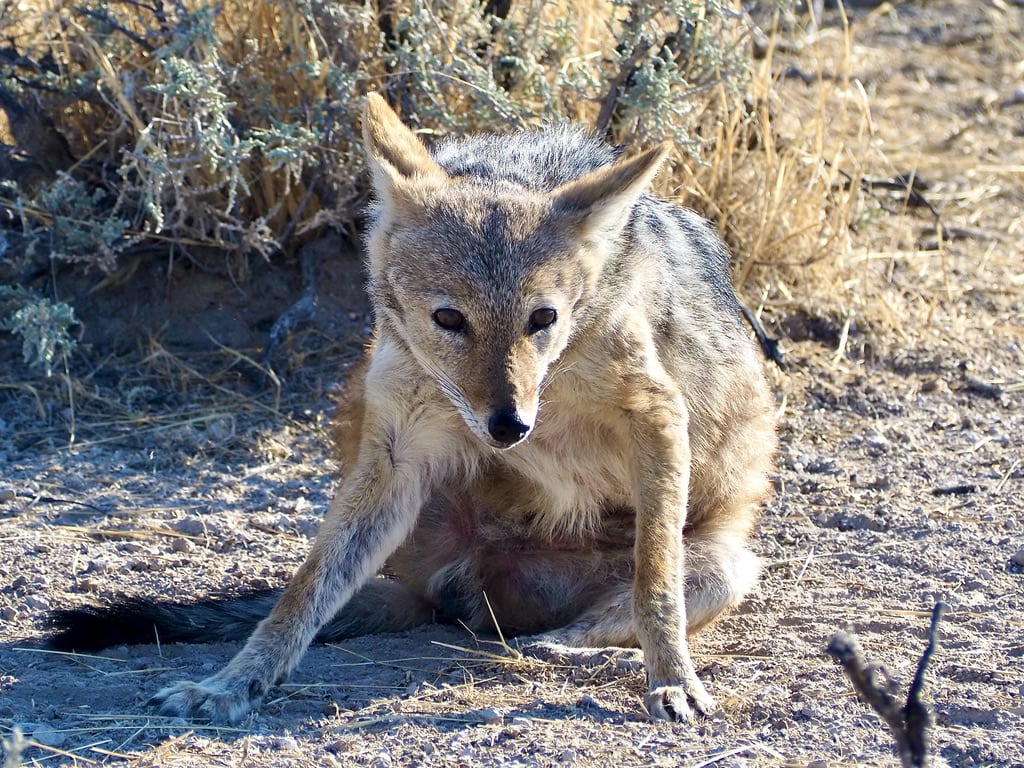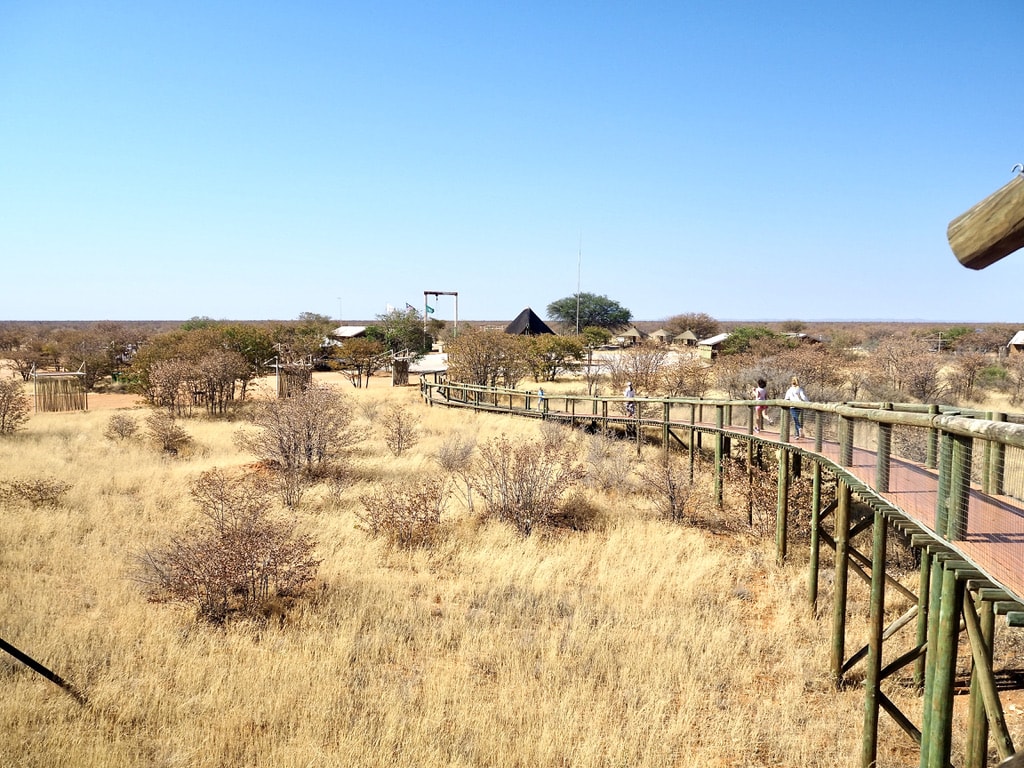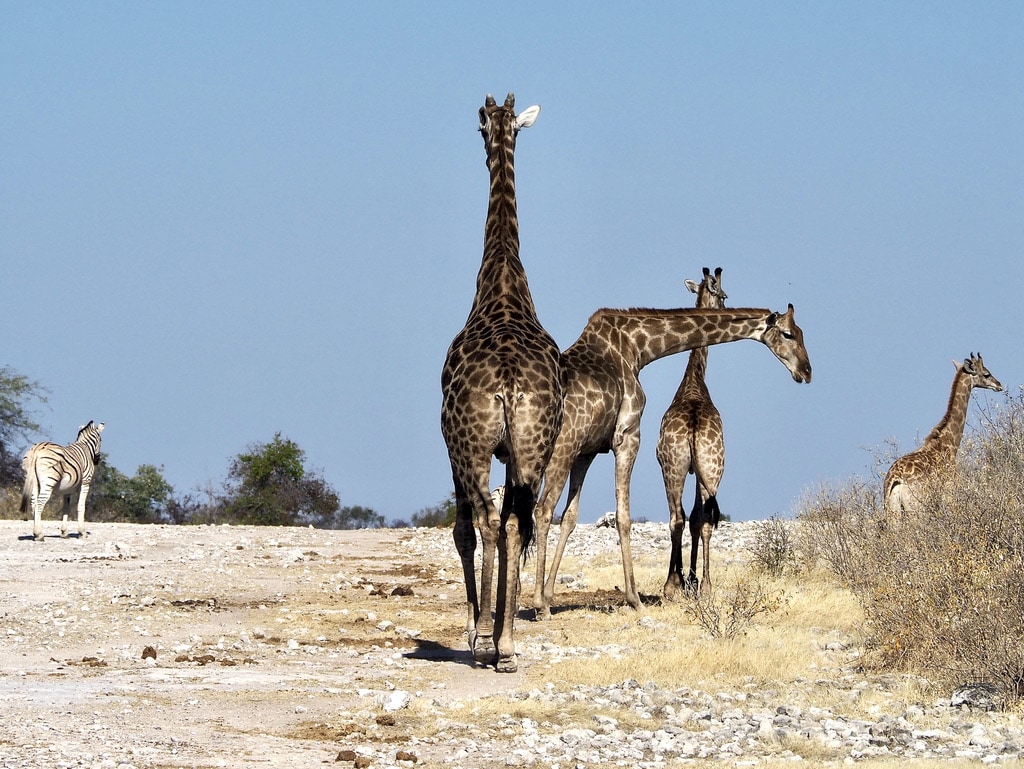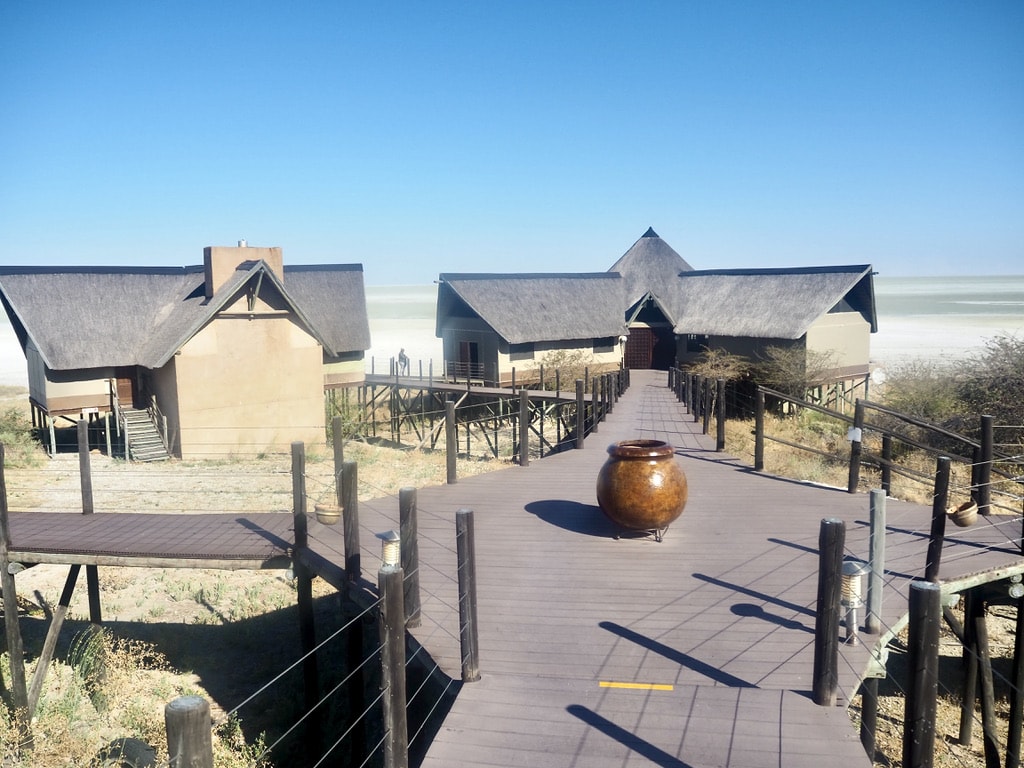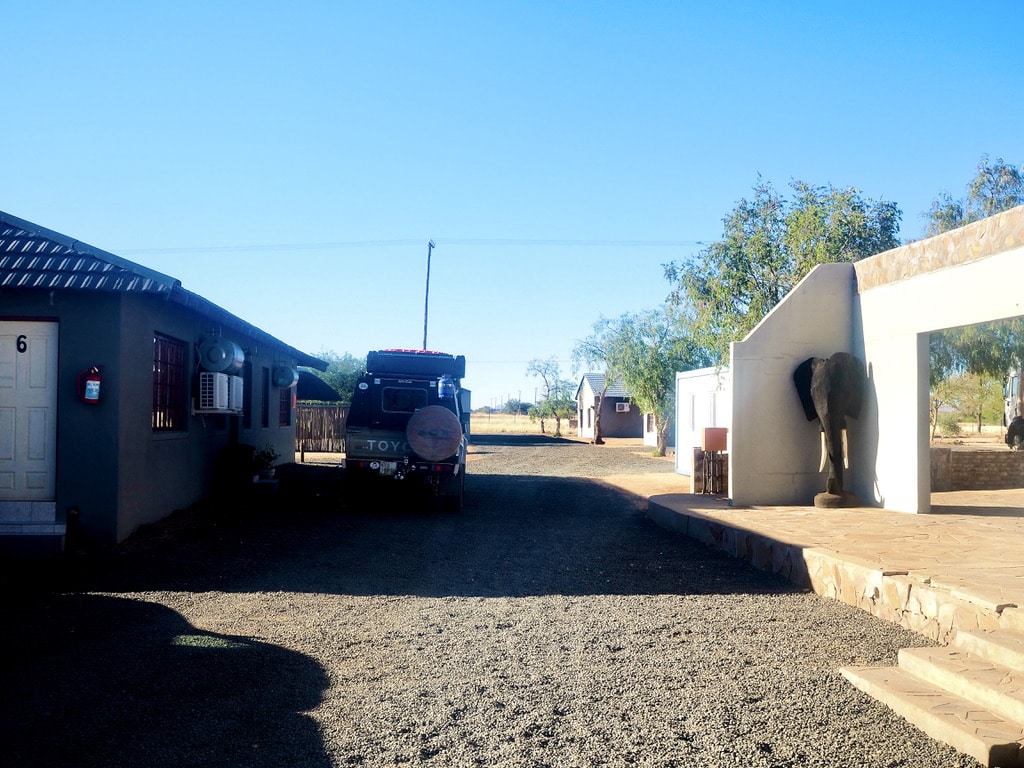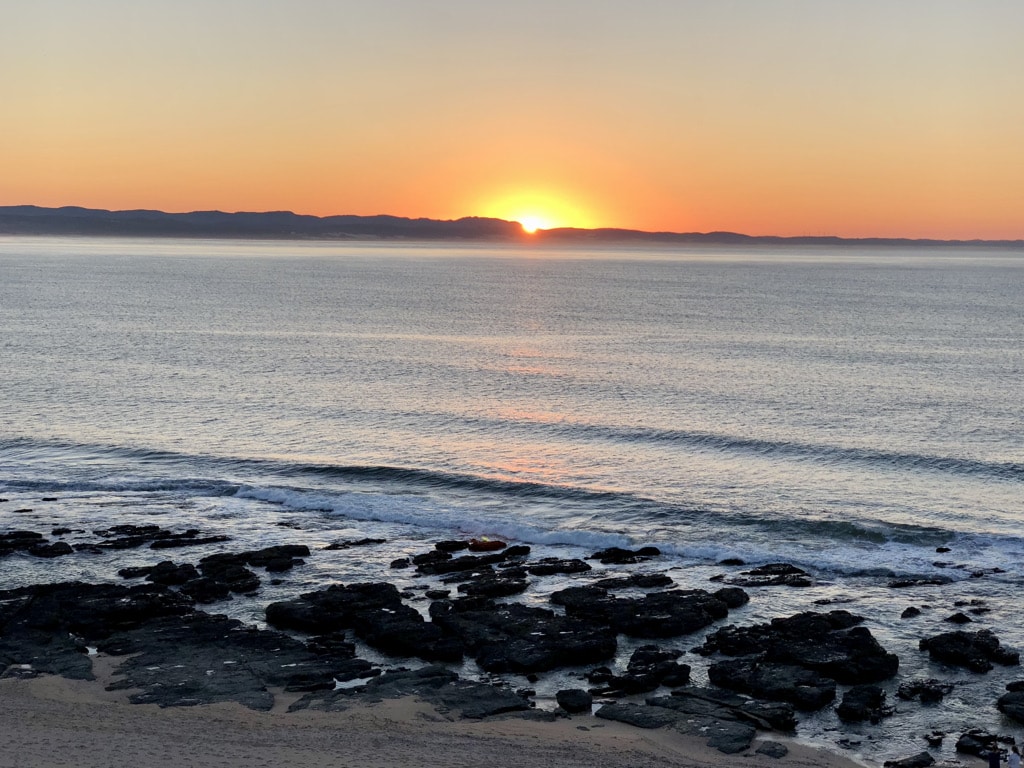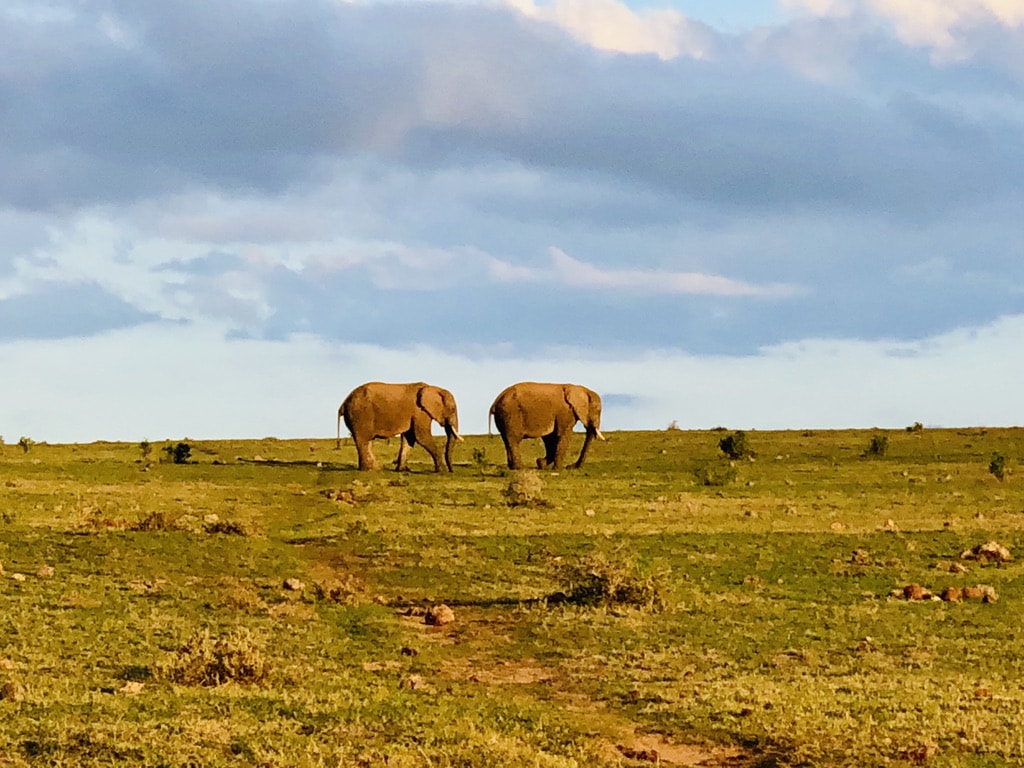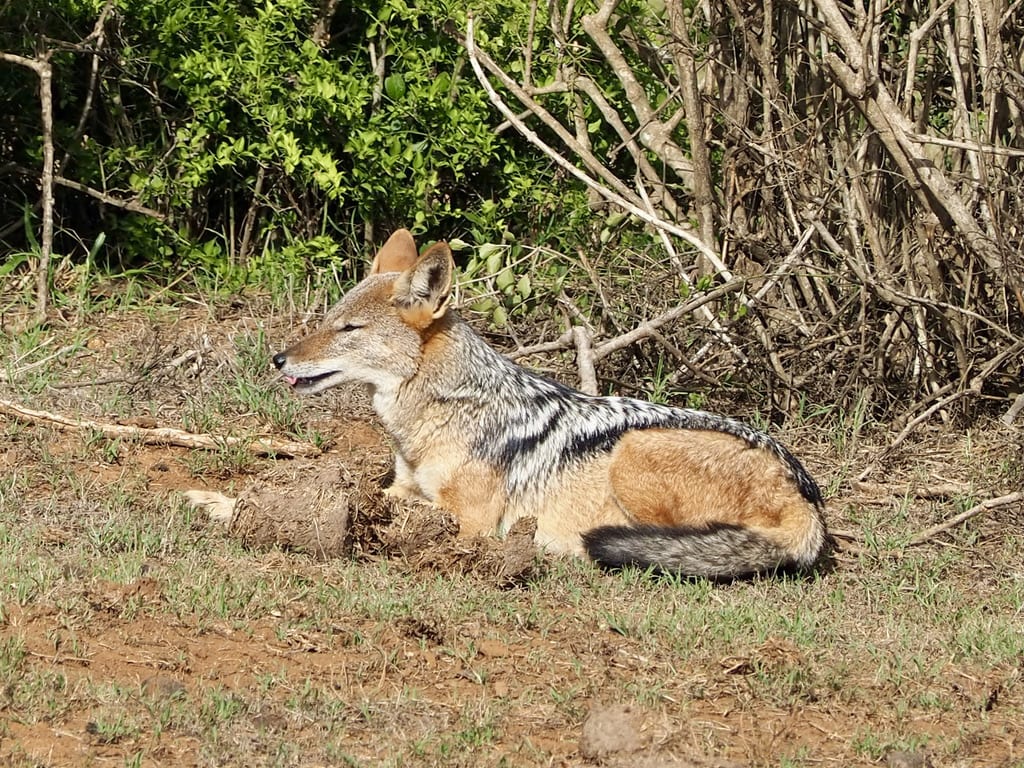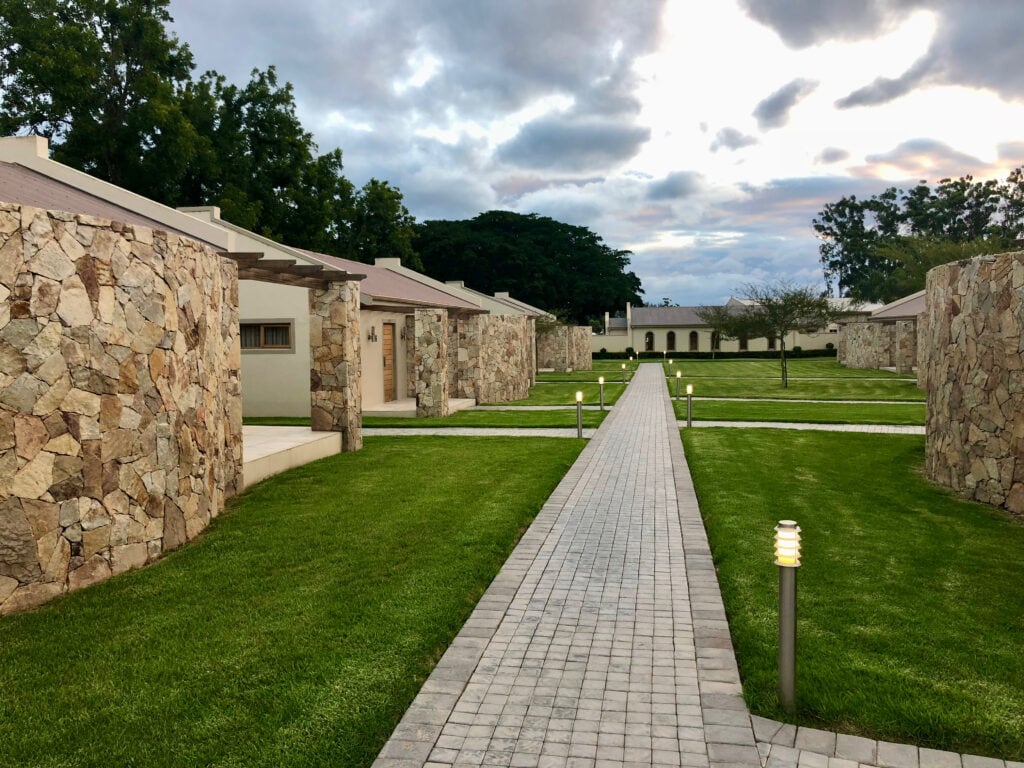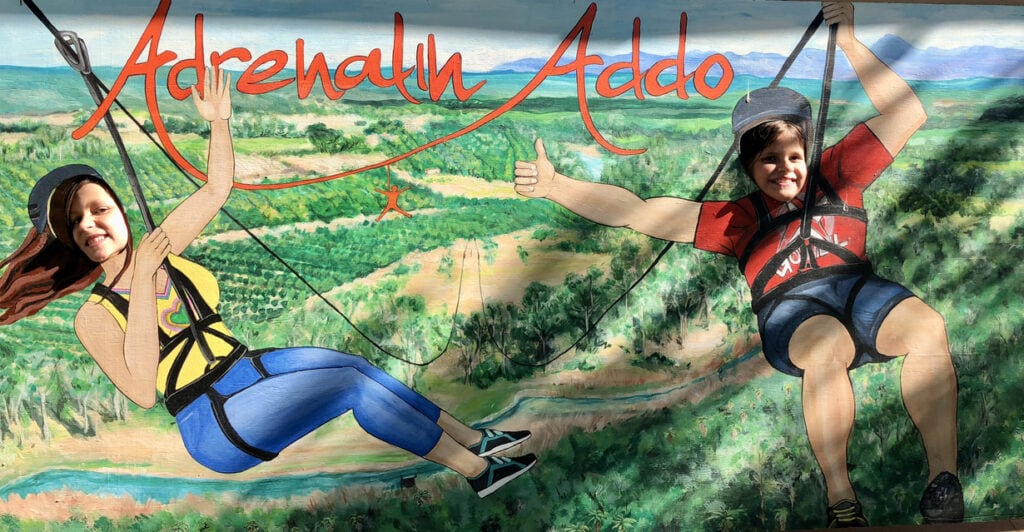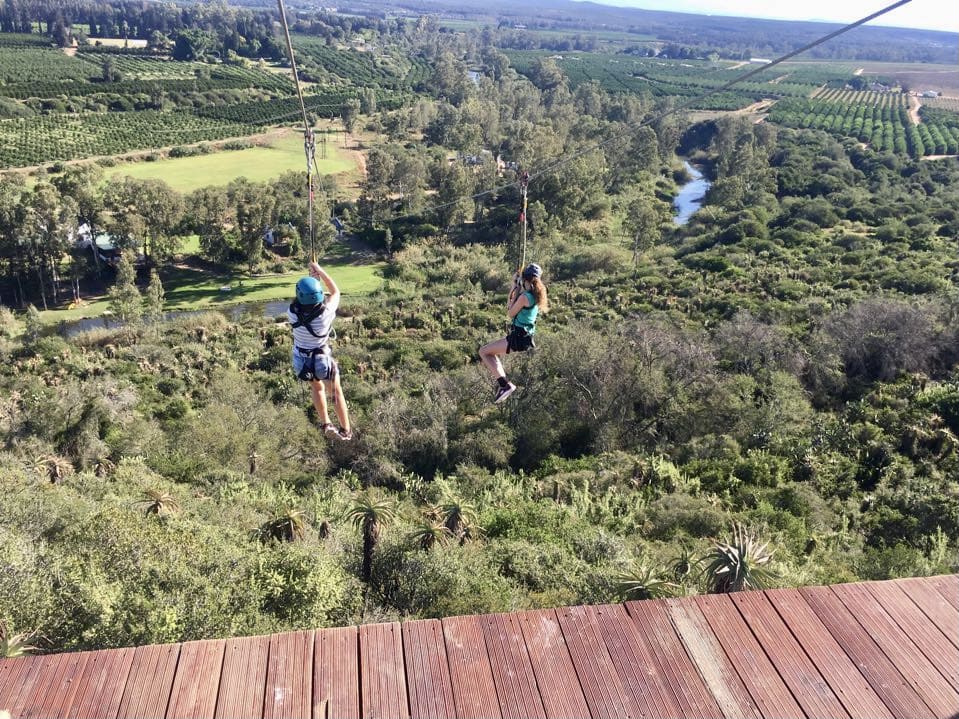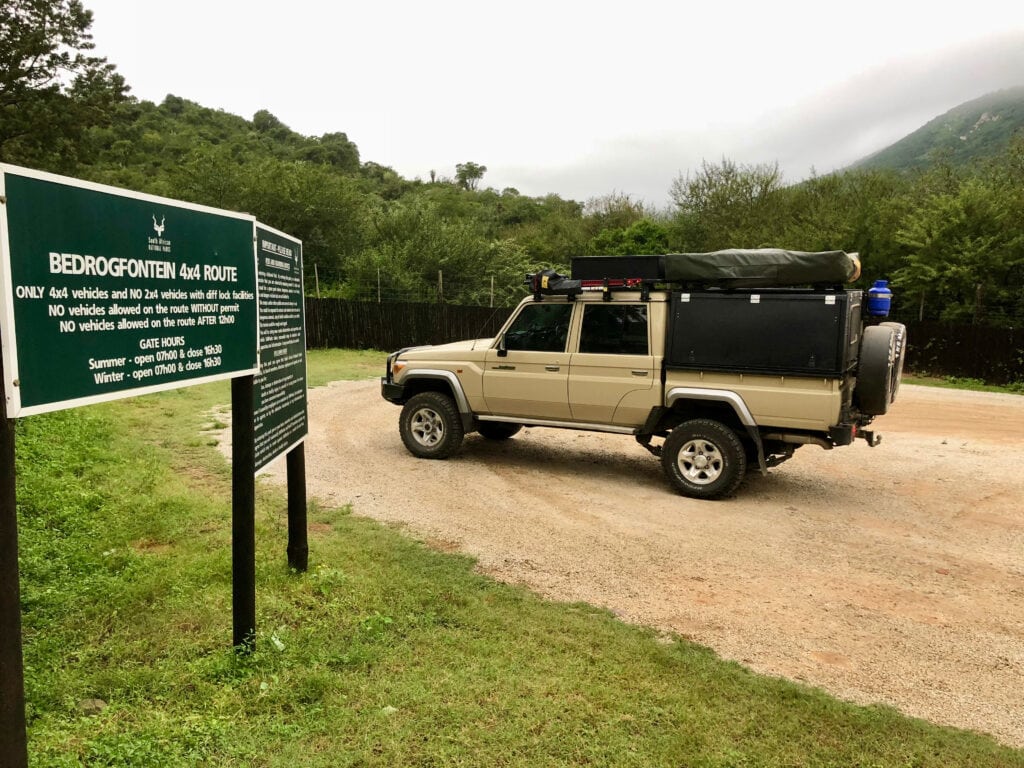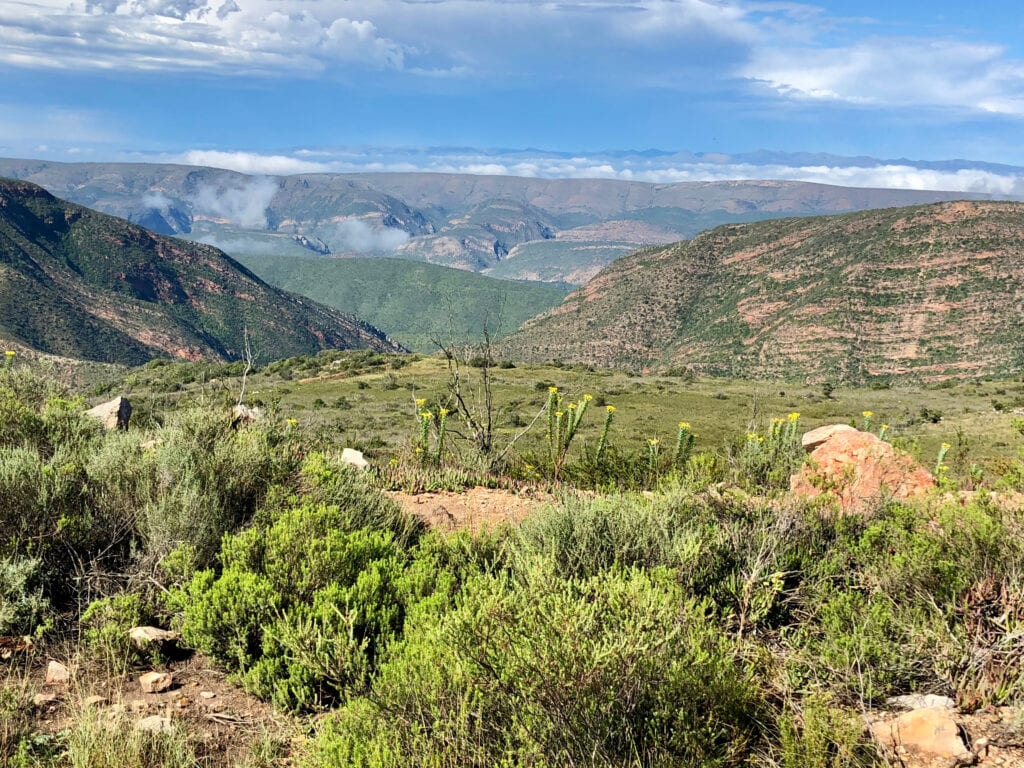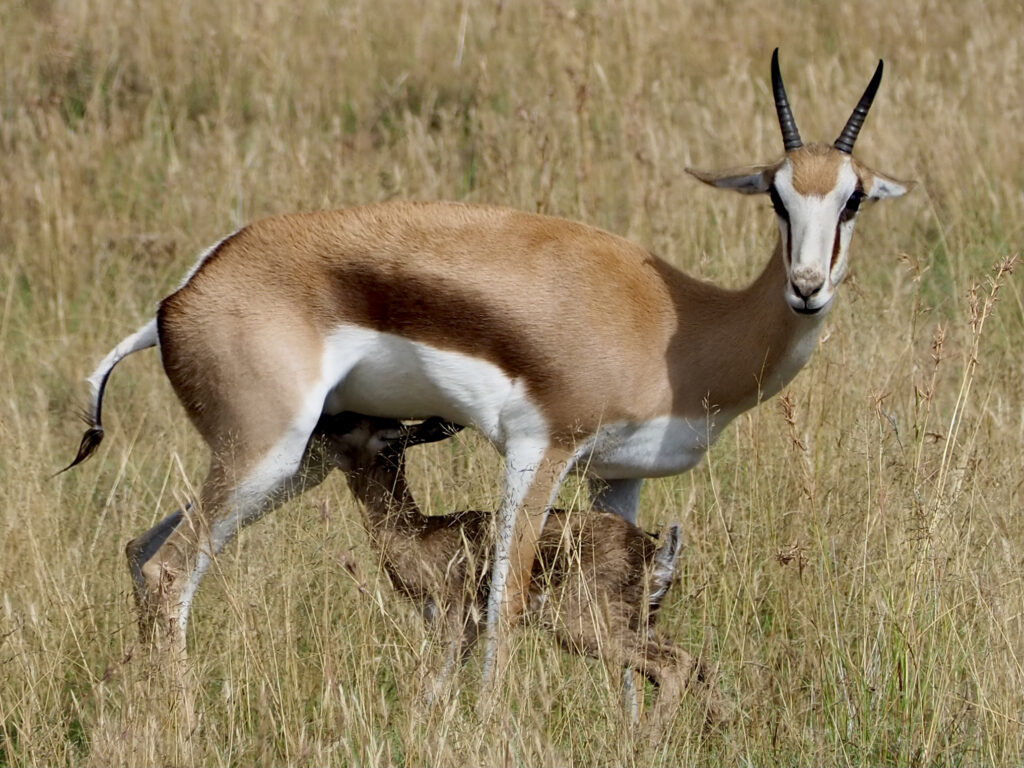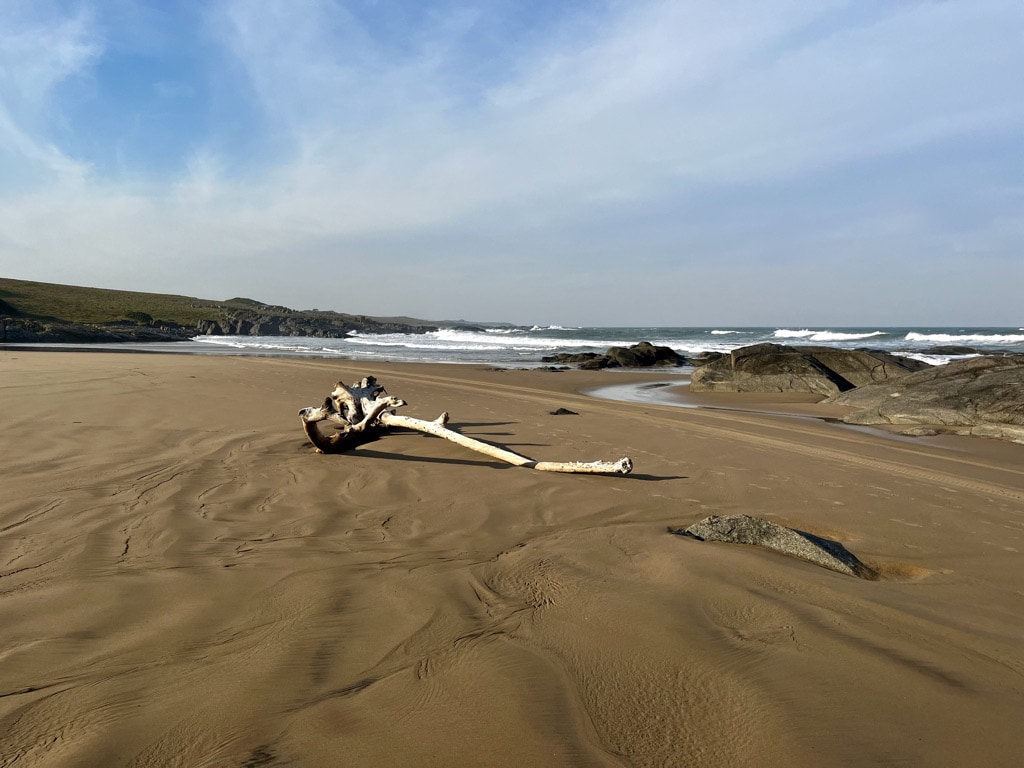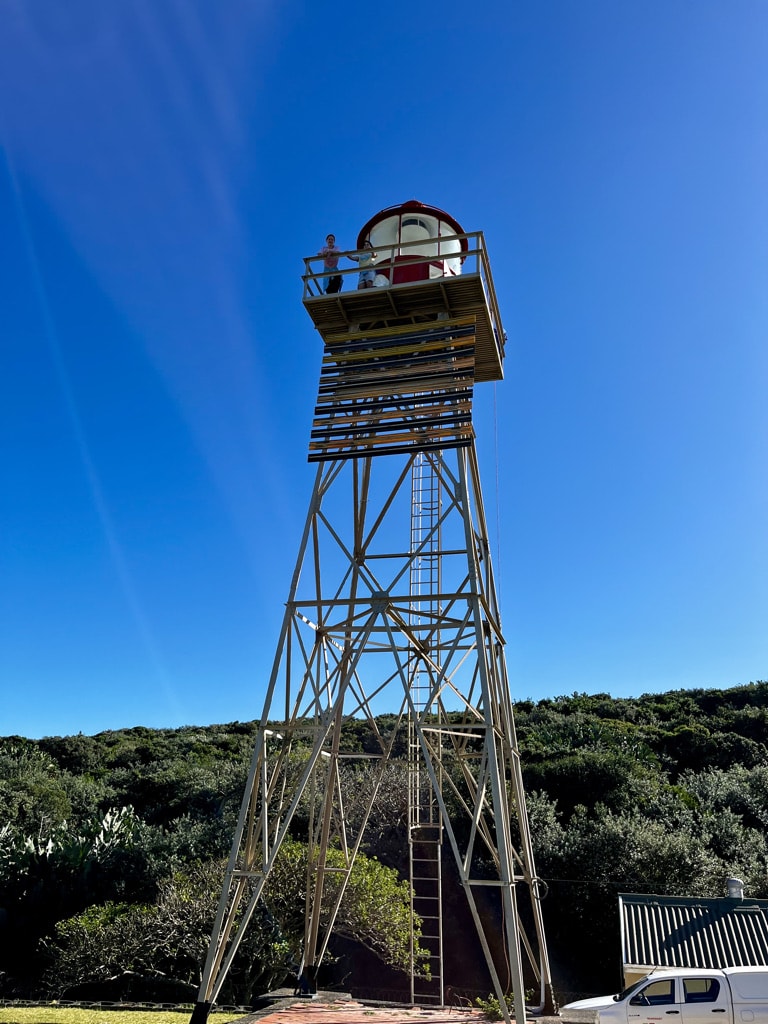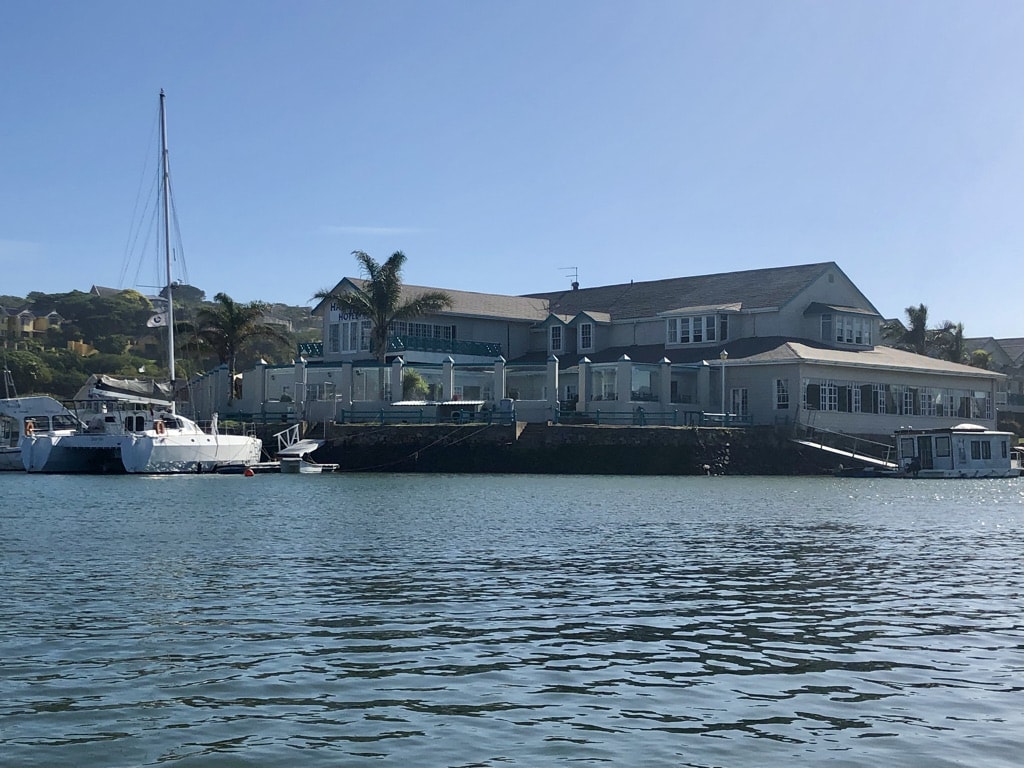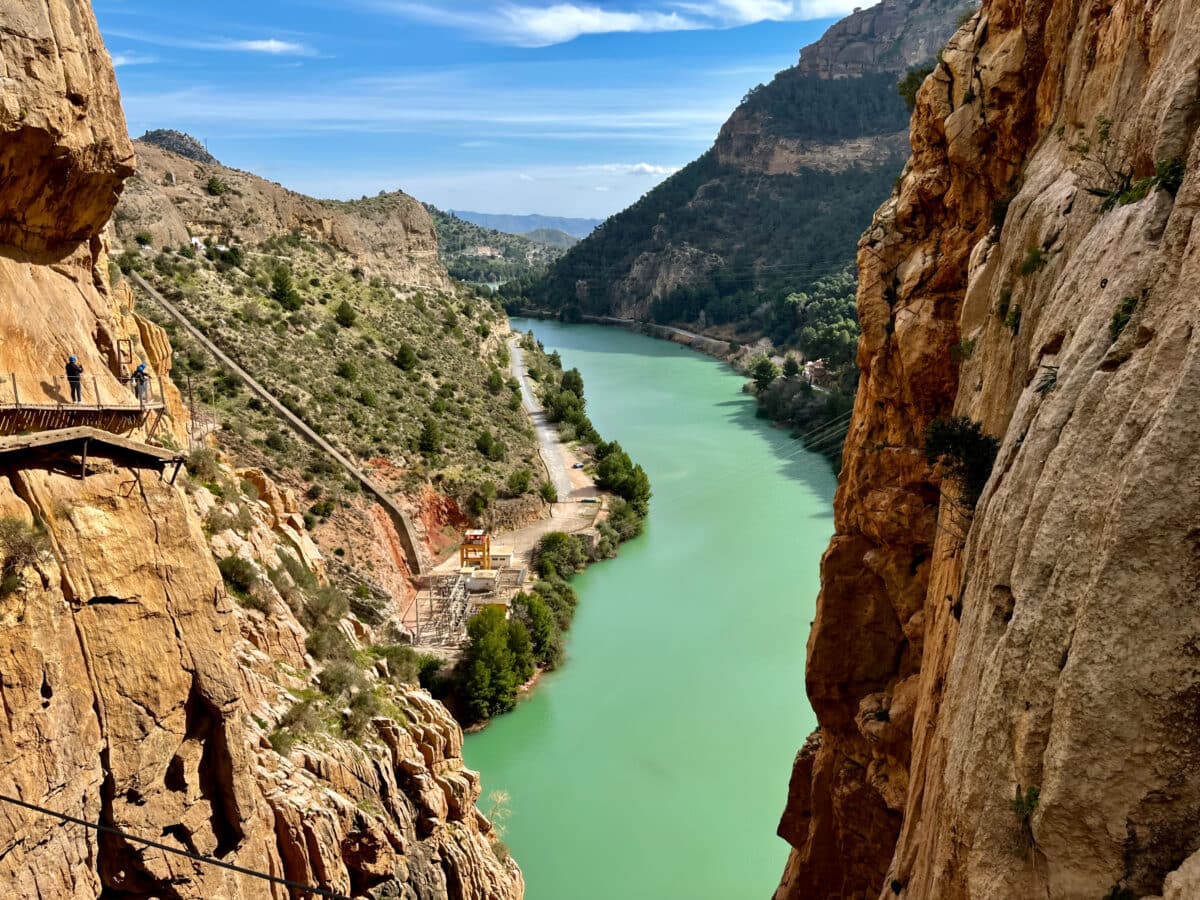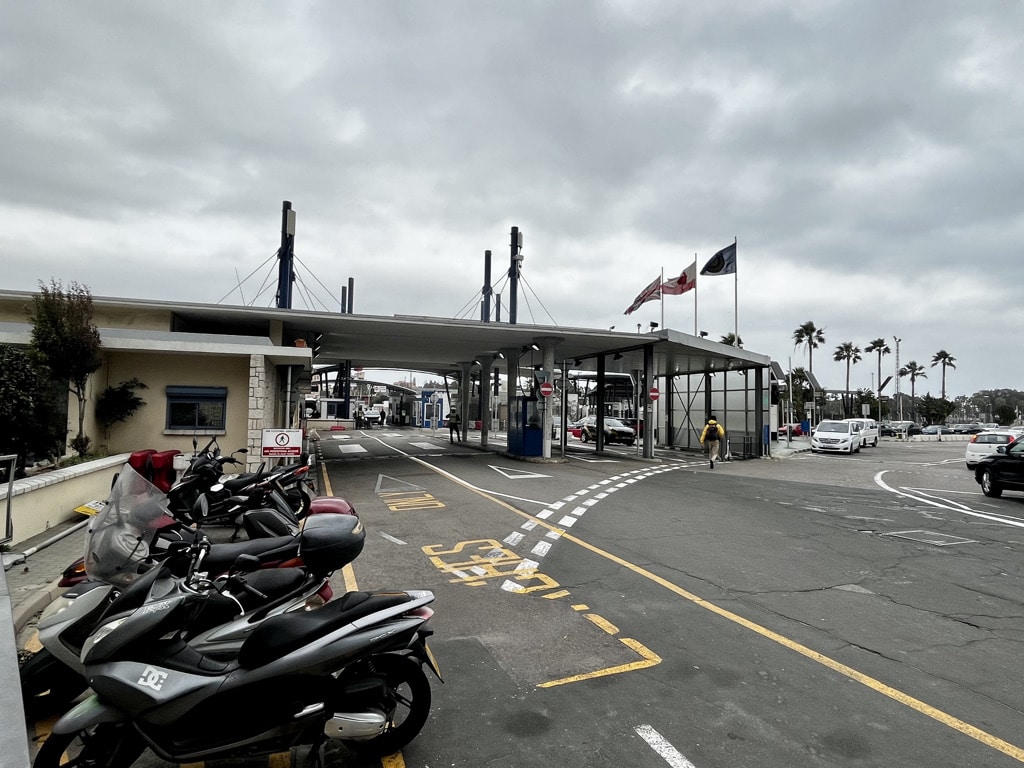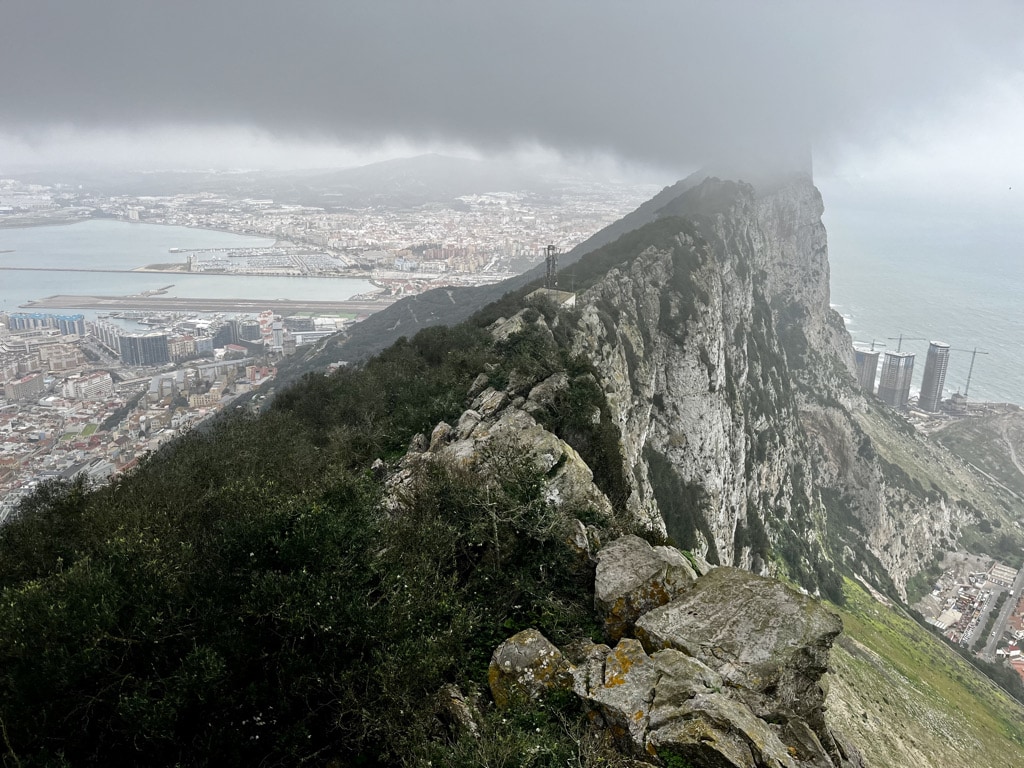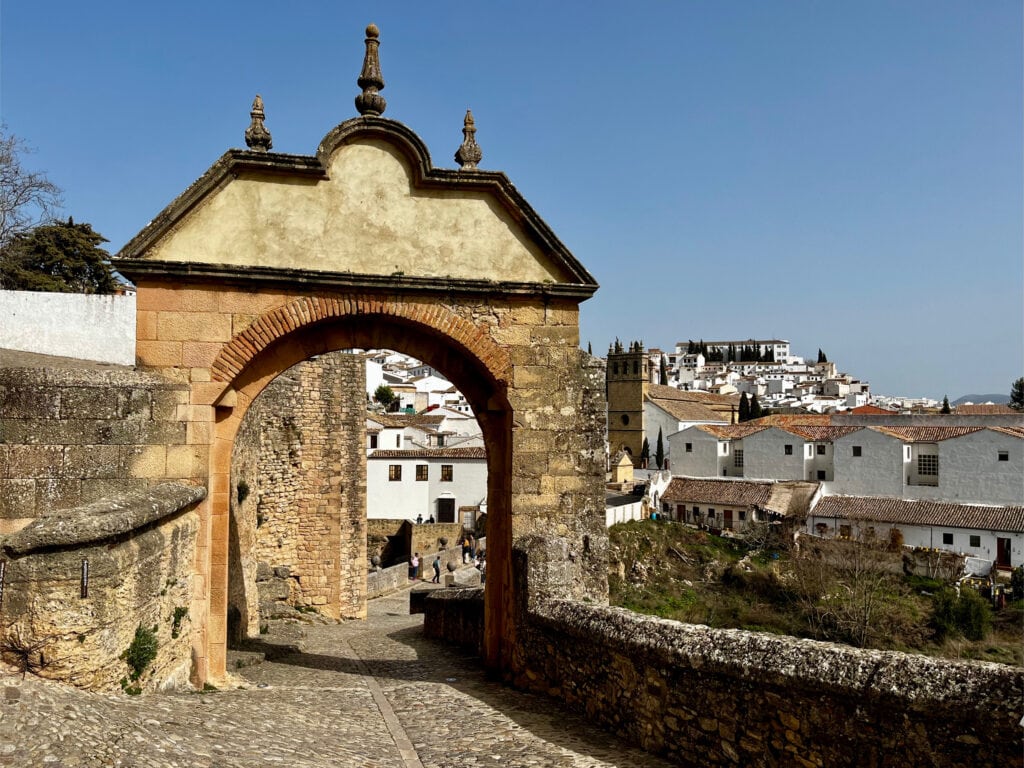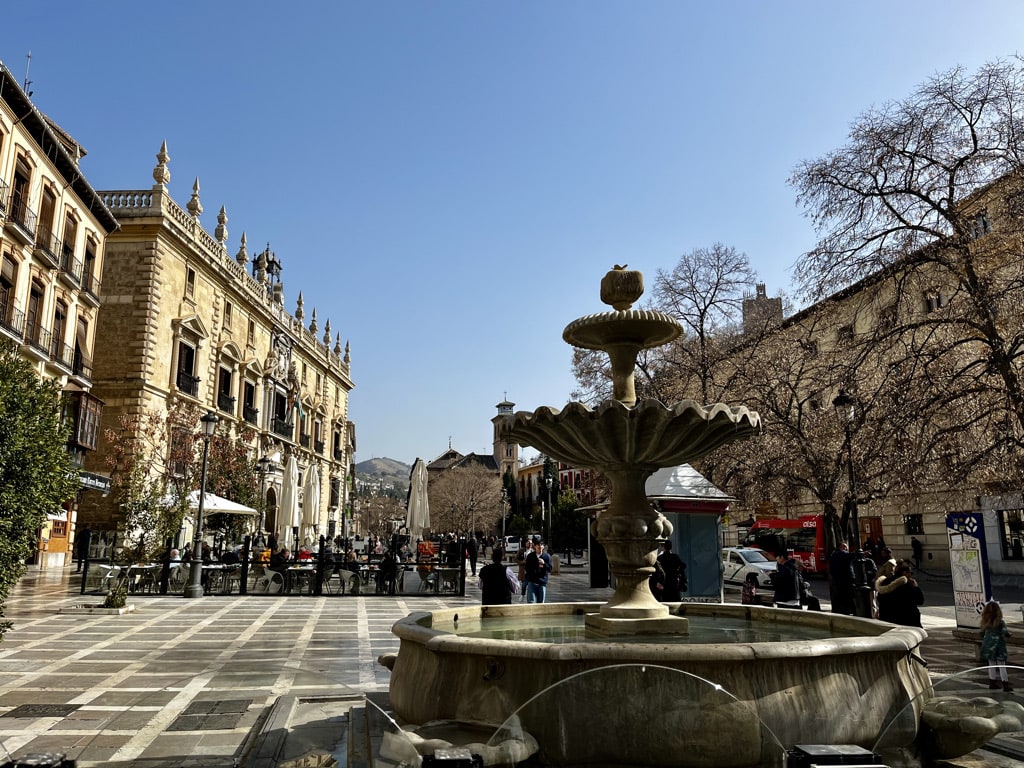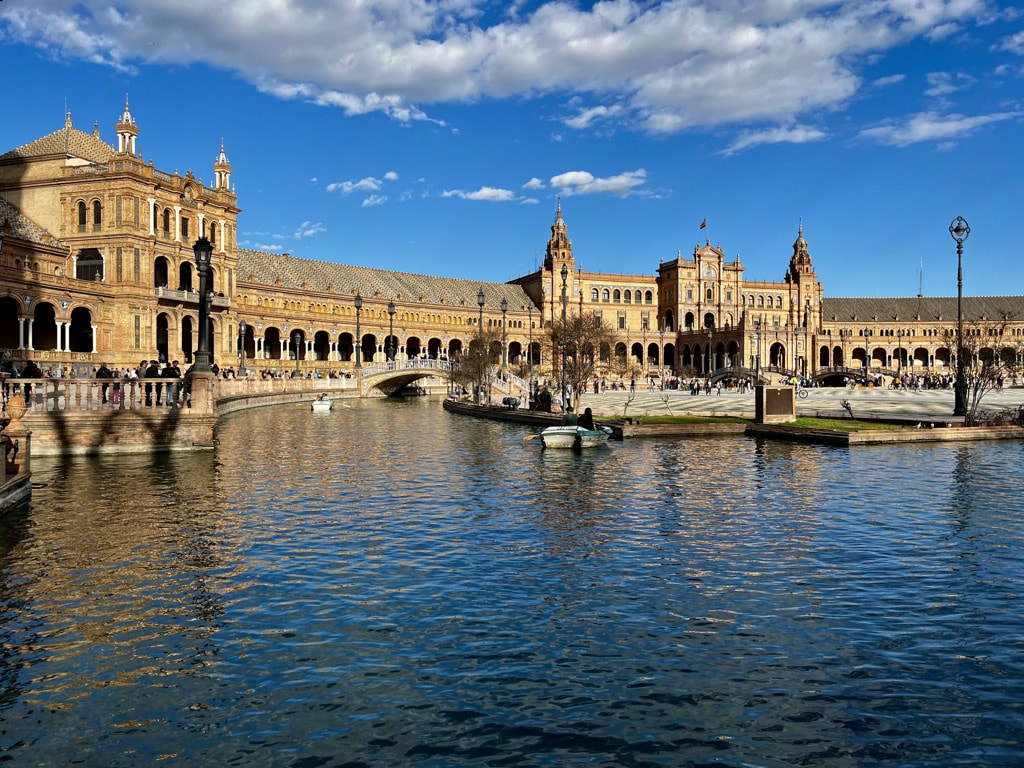Perfect Week in Hong Kong: My 7-Day Itinerary
February is the time when I’ve had enough of winter and start searching for a destination to escape to. Since I haven’t explored much of Asia yet, perfect week in Hong Kong sounded just right.
The flight from Prague to Hong Kong was timed perfectly. I left in the evening and arrived in the evening too, thanks to the 7-hour time difference. After 16 hours of travel, I checked into the hotel and crashed—waking up fresh the next morning. It turned out to be a great way to beat jet lag.
Table of Contents
Practical facts
Arrival
Arrival at Hong Kong International Airport was seamless. The airport is super modern with excellent signage—everything clearly marked in English (which is true for most of Hong Kong!). After immigration, I took the Airport Express to Central. It takes about 25 minutes and connects to the main transport hub with several metro lines. From Central, we transferred to the blue Island Line and reached our hotel in just two stops.
Accommodation
I chose The Wharney Hotel, located just steps from the Wan Chai metro station on the Island (blue) line. I initially considered staying in Kowloon, but I’m glad I changed my mind. For exploring all of Hong Kong, staying on Hong Kong Island is a smarter option thanks to better access to metro lines and ferries.
Transport / Octopus Card
Hong Kong has a fantastic MTR metro system that took me almost everywhere I wanted to go. During my research, I came across the Octopus card, which is used for public transport and even for payments in some restaurants.
At first, I thought I’d have to buy one and keep reloading it—which I’m not a fan of, since I never know how much money I’ll need. I usually prefer paying with my regular payment card.
But here’s the truth: I didn’t need the Octopus card at all.
- I used my VISA card to pay for metro rides. One key thing: each person needs a separate card to pass through the gates. But I found a workaround. I use Apple Pay, and I have the same card added in three versions—physical card, iPhone wallet, and Apple Watch. Since we were three people, we used the physical card for one person, iPhone wallet for another, and Apple Watch for me—all with the same VISA card. It worked perfectly!
- Most shops and restaurants accept VISA and Mastercard, but it’s good to check ahead. Some smaller places only accept cash or Octopus.
- As a backup, I withdrew some cash just in case.
- Buses do not require an Octopus card, but you’ll need exact change. That said, I end up using the bus in one occasion only.
So to summarize: the Octopus card is a great option if you prefer it or are staying longer, but it’s not essential. You can easily get around without it.
Internet
I always use the Airalo app to buy an eSIM for data. When I landed in Hong Kong, I simply activated it and was instantly connected. That said, there are plenty of public Wi-Fi spots around the city too.
Public Toilets
Public toilets are everywhere—in metro stations, shopping malls, and around the city. And the best part? They’re completely free. No need to carry spare change like in many other countries.
Day 1: Free Walking Tour & Exploring Hong Kong Island
On our first morning in Hong Kong, I booked us a Free Walking Tour. The concept is simple: it’s tip-based—you pay what you feel the tour was worth at the end. These tours are a fantastic way to get introduced to a city and learn from locals.
We really enjoyed the one we did, organized by Hong Kong Free Tours. In fact, we loved it so much that we decided to book another one later in the week: “The Dark Side of Hong Kong.”
The tour started at Central MTR Station, where we learned about significant landmarks like the HSBC Building, Bank of China Tower, and got insights into Hong Kong’s history and present-day dynamics. From there, we made our way to St. John’s Cathedral and then hopped on the Central–Mid-Levels Escalator, the longest outdoor covered escalator system in the world. Continued the tour with discussions about local food culture—from dim sum to street eats. Ended the tour at the Man Mo Temple—one of the oldest temples in the city.



After the two-hour tour, we grabbed a quick lunch and headed to the Peak Tram for a ride up to Victoria Peak. Since it was a Saturday, it was quite crowded, and we ended up waiting in line for a while.
Once at the top, we found ourselves “lost” in what I can only describe as a tourist trap—a confusing complex filled with restaurants, entertainment areas, and no clear exit signs. We kept riding one escalator after another until we reached a point where they asked for another steep fee to access the main viewpoint. We decided not to pay and instead found our way out of complex.
Bottom line: unless you’re really into tourist attractions, don’t waste too much time in the complex—try to find the exit.
Since it was already late afternoon, we decided to skip the Peak Circle Walk and save it for another day. Instead, we took a scenic walk downhill via the Mid-Levels—a beautiful and upscale residential area. The walk was relaxing, and it took us about 20 minutes to reach the lower Peak Tram Station.
From there, we continued through the Hong Kong Zoological and Botanical Gardens—which, to our surprise, was free to enter—and then wandered into Hong Kong Park, a lush, peaceful escape right in the middle of the bustling city. It was the perfect way to wrap up our first full day in Hong Kong.



Day 2: Kowloon
There are two main ways to get from Hong Kong Island to Kowloon:
- Star Ferry
- MTR (Metro) – take the red line from Central to Tsim Sha Tsui, which is the first stop closest to the Star Ferry terminal on the Kowloon side.
We chose to take the Star Ferry so we could enjoy the beautiful views from the water. The ferry ride takes about 10 minutes and departs from the Star Ferry Terminal located close to the Hong Kong Central metro station.
I paid HKD 5 for the ferry using my VISA card—though of course, you can also use the Octopus card.
The Kowloon-side terminal drops you right at the beginning of the Tsim Sha Tsui Promenade and the Avenue of Stars—a lovely area to stroll around and take in the stunning views of the Hong Kong skyline across the harbour.



After enjoying the atmosphere and connecting with some local celebrity tributes at the Avenue of Stars, we made our way toward Nathan Road—Kowloon’s main street filled with shops, restaurants, and local life. Just wondered up, walked throught the Kowloon Park and many side streets. Eventually we decided to turn around and head back to Hong Kong Island.



Day 3: Macau – “The Las Vegas of Asia”
Macau is a fascinating blend of old Portuguese heritage and modern luxury, with beautifully preserved colonial buildings in the city center and, off course, casinos earning it the nickname “The Las Vegas of Asia.”
Macau makes for a great day trip from Hong Kong. The Macau Ferry Terminal is located behind Exchange Square, where you can also see the buildings of the Hong Kong Stock Exchange.
Several companies operate ferries to Macau—I chose the high-speed ferry with TurboJet. Ferries run every 30 minutes, and I bought my tickets directly at the TurboJet ticketing office.
Since Macau is a separate territory, we had to go through passport control on both sides—departing Hong Kong and again upon arrival in Macau.
It’s worth noting:
- Macau has its own currency
- I also purchased a separate Airalo eSIM for data in Macau
Once we stepped off the boat, we began walking toward the city center, passing by many luxurious casino buildings. It took us about 30 minutes to reach the historic area—and it truly felt like stepping into a different world.



The old Portuguese-style buildings are filled with local shops and eventually lead to the main tourist sights. One highlight is the Ruins of St. Paul’s—a dramatic and iconic church facade. From there, we continued uphill to the Fortaleza do Monte, an old fortress that once protected Macau from sea attacks. In the center of the fortress is the Macau Museum (we didn’t visit, but it’s good to know it’s there).


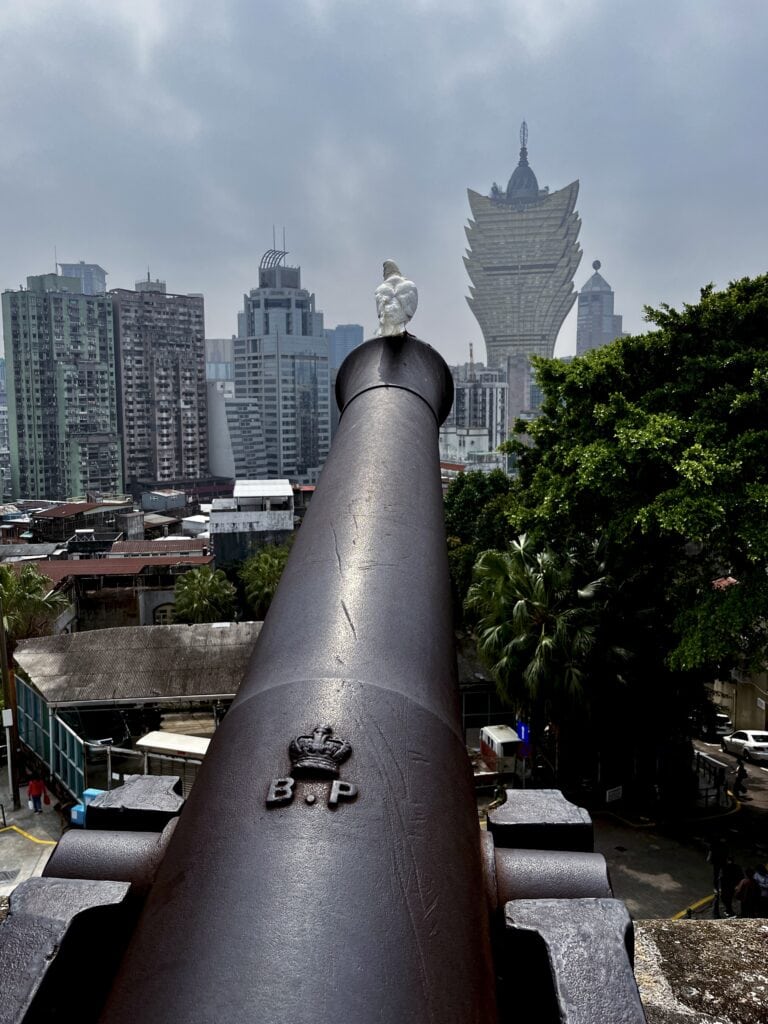
After enjoying the panoramic views from the top, we made our way back down for a late lunch and then spent the rest of the afternoon wandering the streets before slowly heading back to the ferry terminal for our return trip.
Day 4: Ocean Park
Ocean Park is definitely a place not to miss! I originally expected to spend just half a day there—but we ended up staying nearly the entire day.

We visited midweek and arrived right at opening time (10 AM), which I can only recommend as there are obviously less people.
The biggest highlight for me was seeing the pandas! I was lucky to catch one sitting and munching on bamboo right in front of me—it was so adorable. We also visited the baby pandas in the next pavilion, but the area was more crowded, so the experience wasn’t as special as with the adult panda.
Aside from the pandas, Ocean Park has so much to offer:
- A huge Aquarium
- The Jellyfish Pavilion
- A walkthrough Tropical forest
- Ocean-themed rides, nature trails, and fun for all ages
It’s both an amusement park and a nature park in one—a really unique experience that made for a full and exciting day.
Day 5: Lantau Island Adventure
Lantau Island is twice the size of Hong Kong Island, but much of it is protected country park, with hiking trails and natural landscapes. We actually landed in Lantau, as that’s where Hong Kong International Airport is located.
Although Disneyland Hong Kong is also on Lantau, we gave it a miss. We nevertheless wanted to visit the cultural and spiritual highlights of the island—Po Lin Monastery and the statue of the Big Buddha.
Ngong Ping 360 Cable Car
We took the MTR (metro) from Hong Kong Island to Tung Chung Station, then headed to the Ngong Ping 360 Cable Car.
⚠️ Travel Tip: Arrive early or buy tickets online.
We got there at around 9:30 AM and still had to wait 1.5 hours to board. I’ll be honest—I had moments when I almost gave up on this experience.
But I’m glad we didn’t. The cable car ride lasts about 20 minutes and offers stunning views of Lantau’s mountains, the sea, and the Big Buddha in the distance.
Big Buddha (Tian Tan Buddha)
Once we arrived at Ngong Ping Village, we passed through a few touristy shops and headed straight to the Big Buddha.



Completed in 1993, the bronze statue stands 34 meters tall and weighs over 250 tons. A long staircase leads up to the statue, and the views from the top are truly worth the climb.
Po Lin Monastery
After descending from the Buddha, we explored the nearby Po Lin Monastery. It’s a peaceful and spiritual place with beautiful architecture. There were a few exhibitions about Buddhism and the monastery’s history, which gave a deeper insight into the local culture.

Tai O Fishing Village
From the village, we grabbed a quick snack lunch and caught Bus No. 21 to Tai O, the largest and oldest traditional fishing village in Lantau.
Here, you can take boat rides to try to spot the famous pink dolphins, though we didn’t have time for that. To be honest, apart from that, I didn’t find Tai O particularly special. We walked around for a while, but after about an hour, we caught Bus No. 11 back to Tung Chung.
Just to mention, just few steps away from the Tung Chung metro stop is a large Outlet shopping mall with all the well known brands.

Evening: Symphony of Lights – Kowloon
After returning to Tung Chung, we took the MTR to Kowloon just in time for the evening. We found a restaurant, enjoyed a relaxed early dinner, and headed to the Waterfront Promenade for the Symphony of Lights—the skyline lit up with coordinated lights and music.


Day 6: Monster Building, Causeway Bay & The Peak Circular Walk
We originally planned to start the day with a return trip to Victoria Peak to do the Peak Circle Walk and enjoy the panoramic views of Hong Kong. However, the weather didn’t cooperate—it was rainy, and low clouds were sitting right on top of the Peak. So, we decided to adjust our plans.
Monster Building (Quarry Bay)
As someone who takes a lot of travel inspiration from Instagram, I had seen photos of the so called “Monster Building”—a real-life example of dense urban living in Hong Kong. That became our new morning destination.
We took the Island Line to Tai Koo Station, then followed Google Maps toward the location. However, despite arriving at the marked spot, we couldn’t find it right away. We eventually had to ask someone for directions.
🧭 Tip: To find the Monster Building, you need to walk through a passage off the main street—then the courtyard, made famous by Instagram, suddenly opens up before you.
Causeway Bay
After having look at the Monster Building, we returned to the Island Line and headed to Causeway Bay, a vibrant district known for its shopping and urban buzz.
We spent time wondering around the shopping streets and malls as well as enjoyed the walk along the Causeway Bay Promenade.


The Peak Circular Walk
Luckily, the sky cleared up after lunch, so we headed back to the Peak Tram—and this time, we could finally complete the Peak Circle Walk.
The walk takes about an hour and it took us along the hillside, offering beautiful views of Hong Kong’s skyline, Victoria Harbour, and the surrounding mountains.


Day 7: “The Dark Side of Hong Kong” Tour & Farewell Walk
As I mentioned at the beginning of this post, we booked a second tour with Hong Kong Free Tours called “The Dark Side of Hong Kong”.
This 2-hour walking tour took us through areas of Kowloon we would have otherwise missed. But more importantly, it offered an eye-opening perspective. It showed us that Hong Kong isn’t just the “shiny” city filled with tourist attractions, luxury malls, skyscrapers, restaurants, and fancy hotels.
Instead, we were introduced to the reality many residents face—people living in incredibly small spaces, sometimes as little as 10m², or worse, in tiny subdivided “cage homes.” The tour also explained the economic issues behind the city’s extremely high property prices and lack of affordable housing.
I have to say, this was one of the most impactful and insightful tours I’ve ever done.



After the tour, we found a local restaurant for a late lunch, took some time to unwind, and then went for one last walk along the Waterfront promenade.
As evening approached, it was time to head to the airport and say goodbye to Hong Kong.





